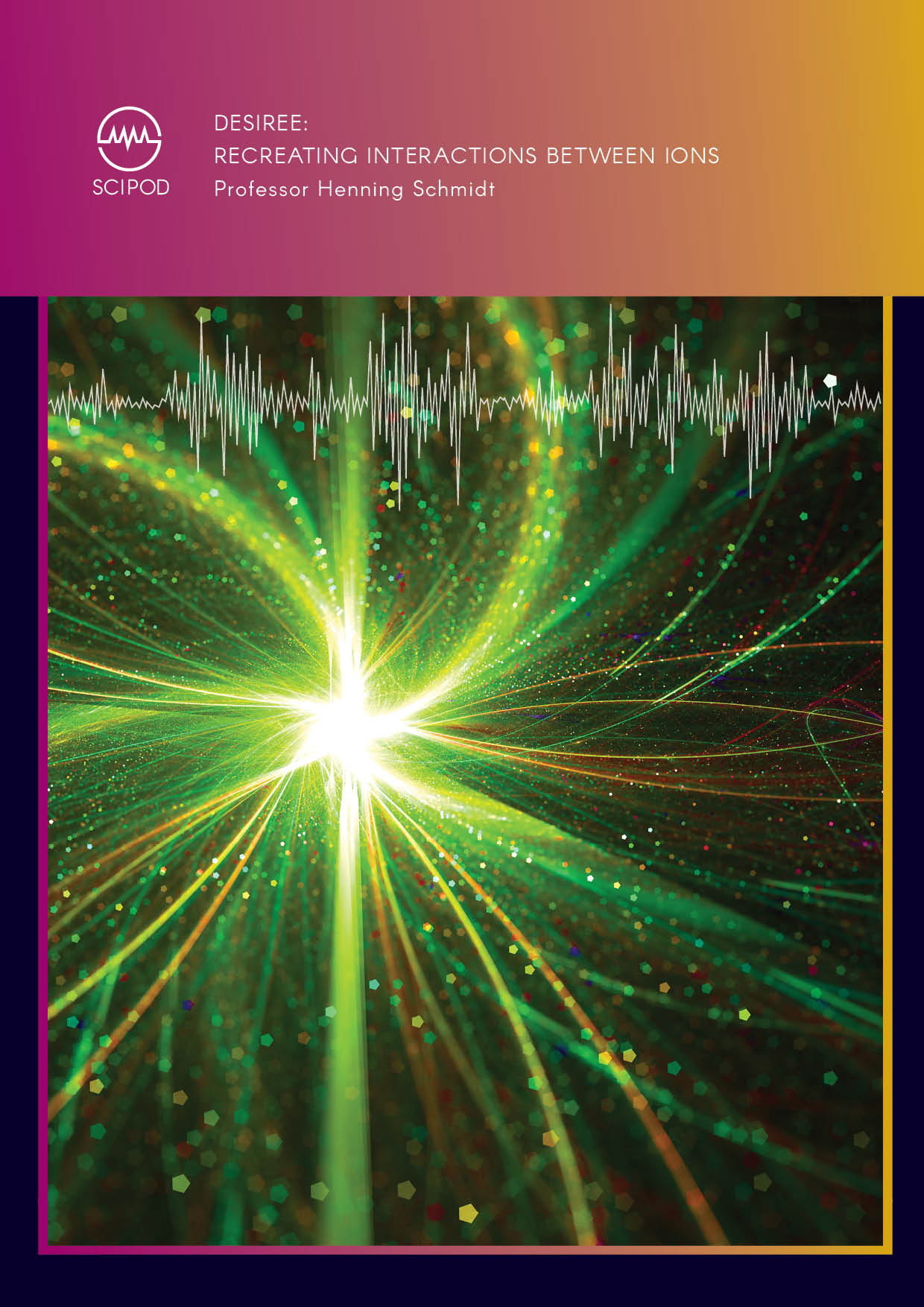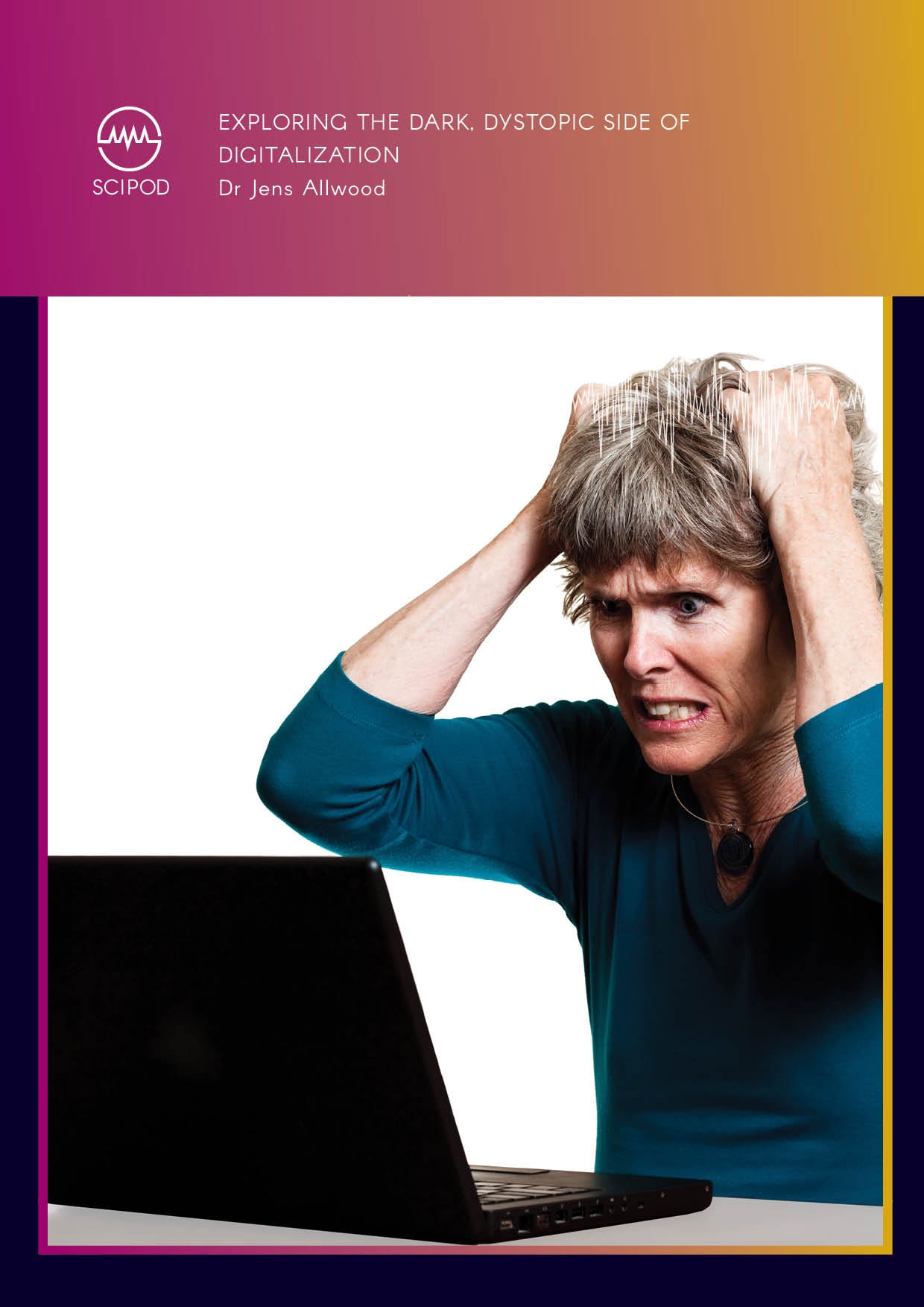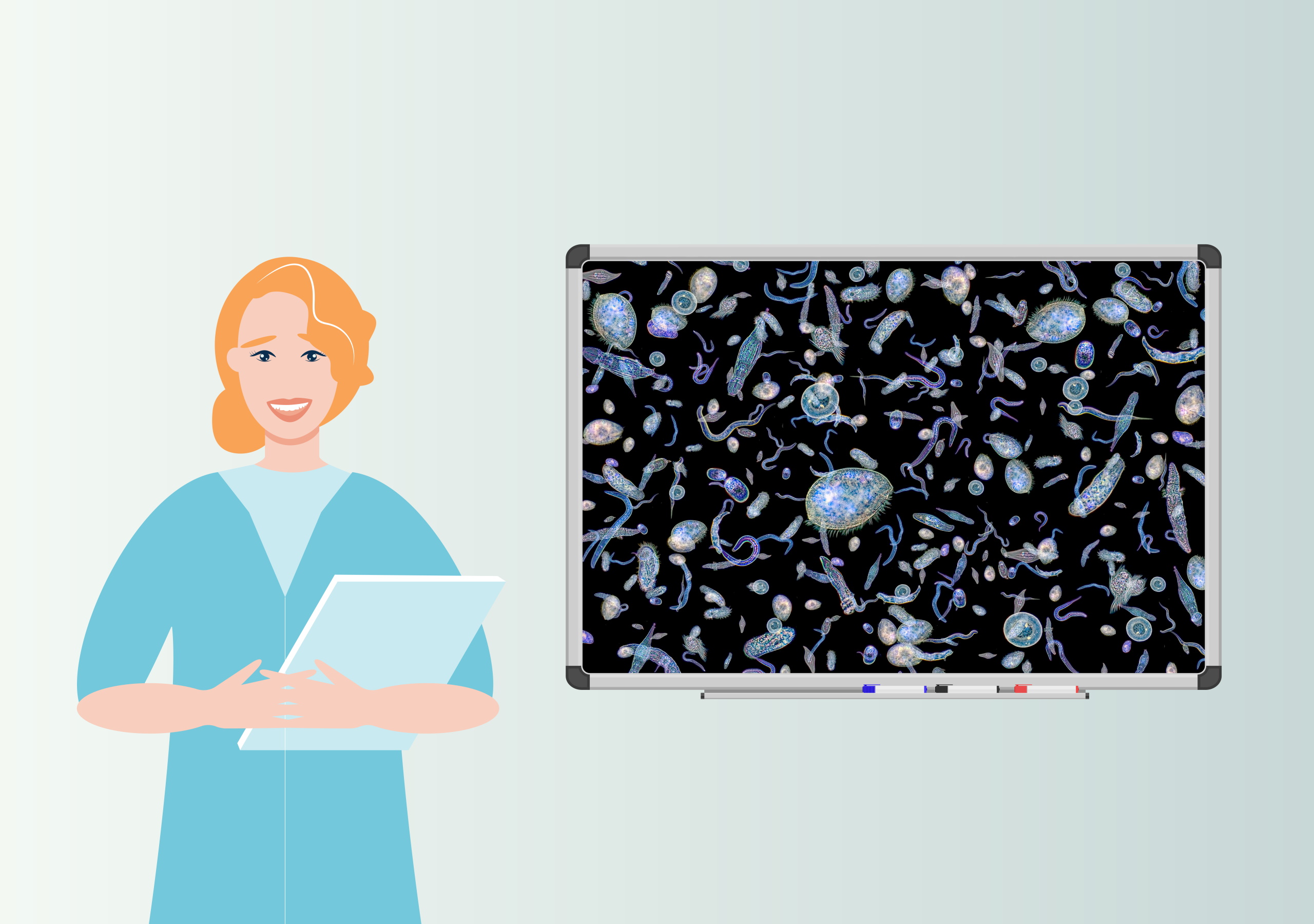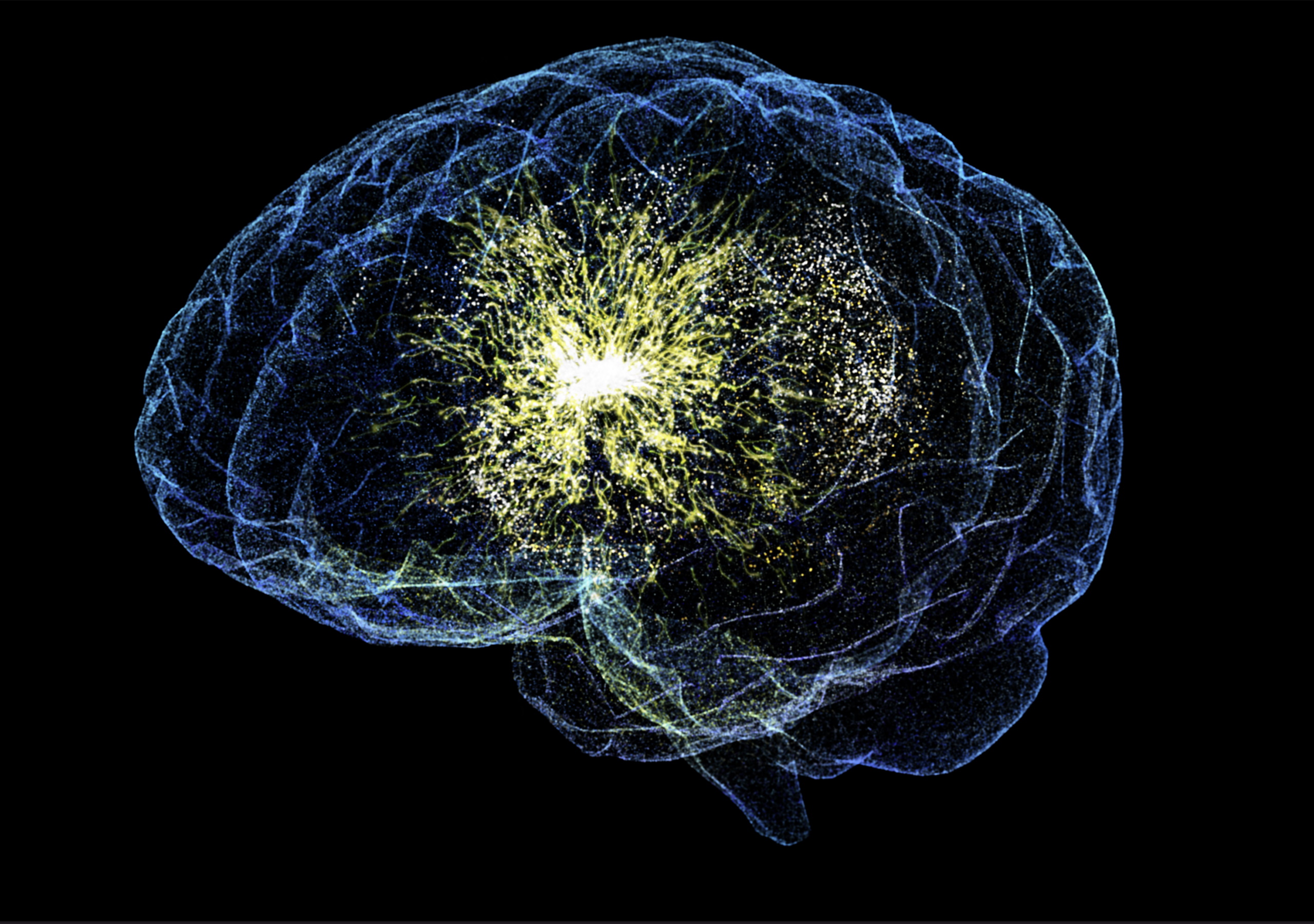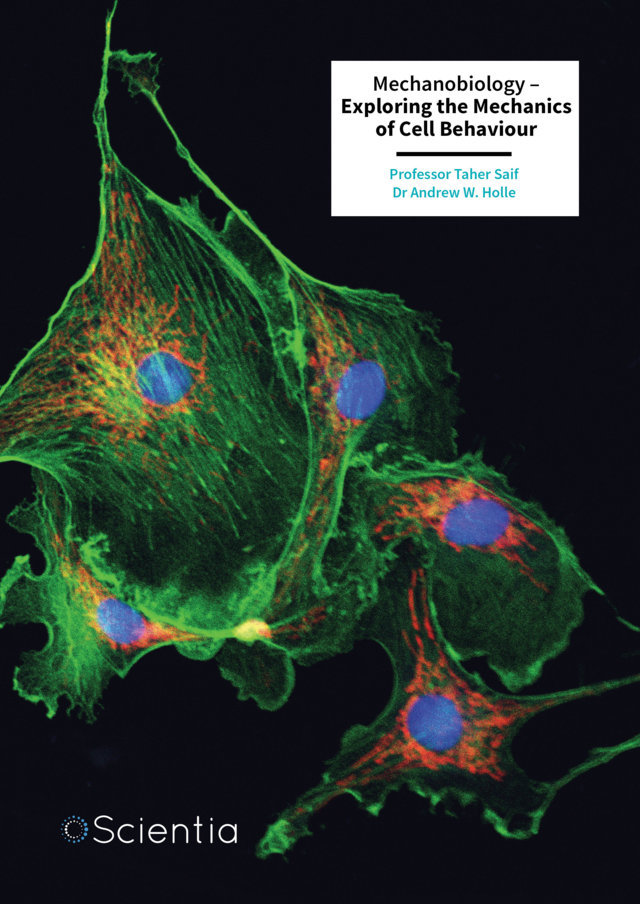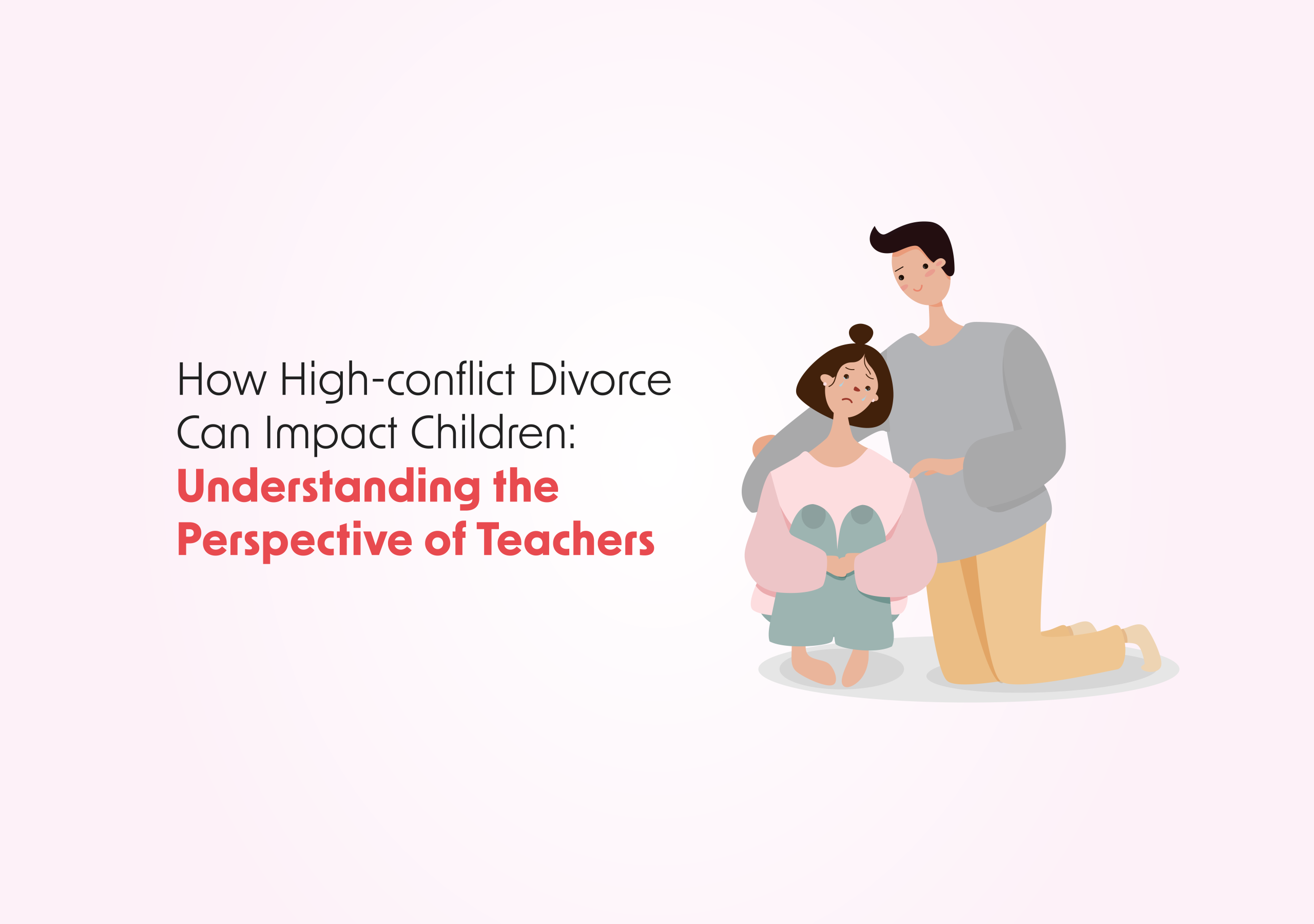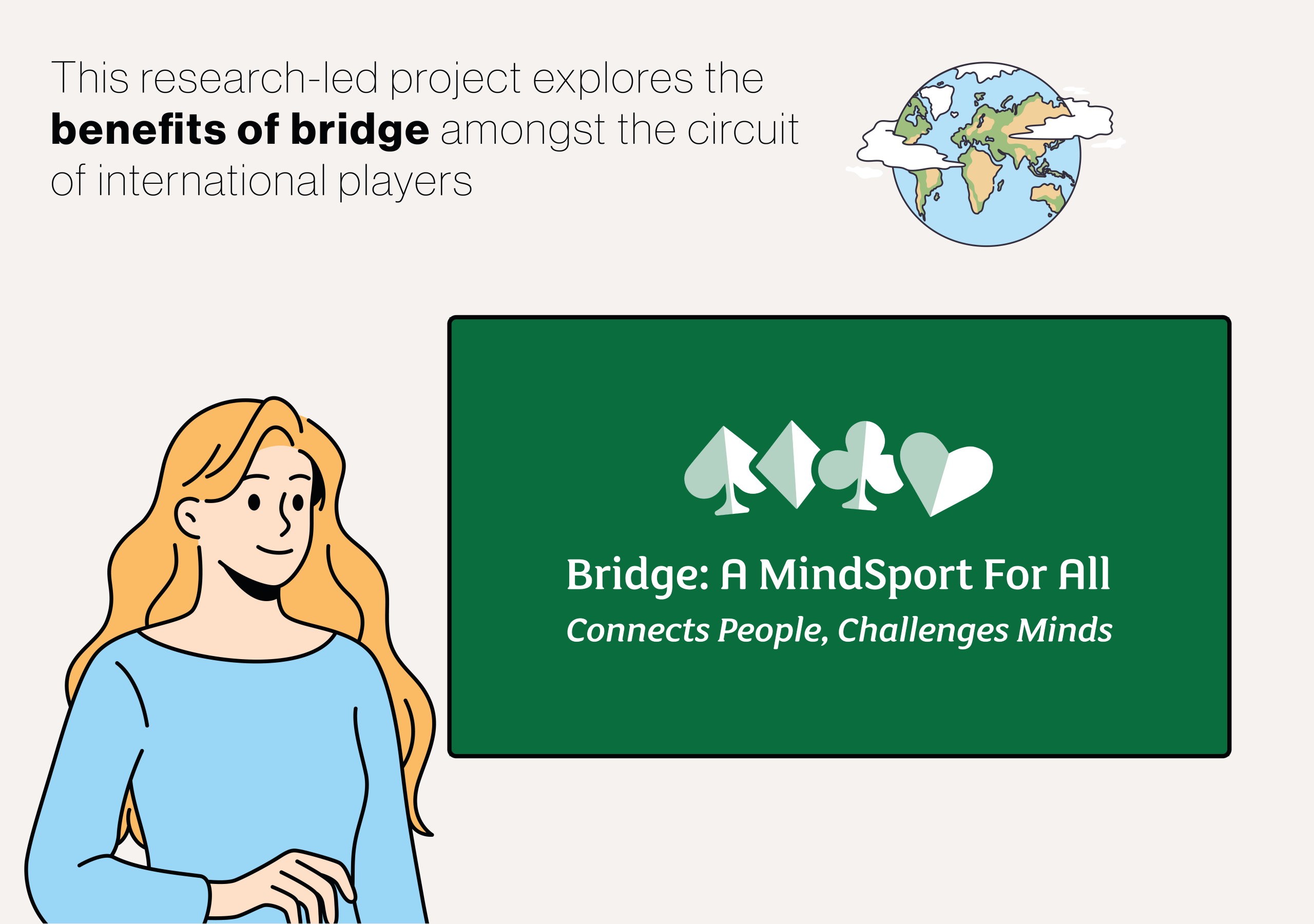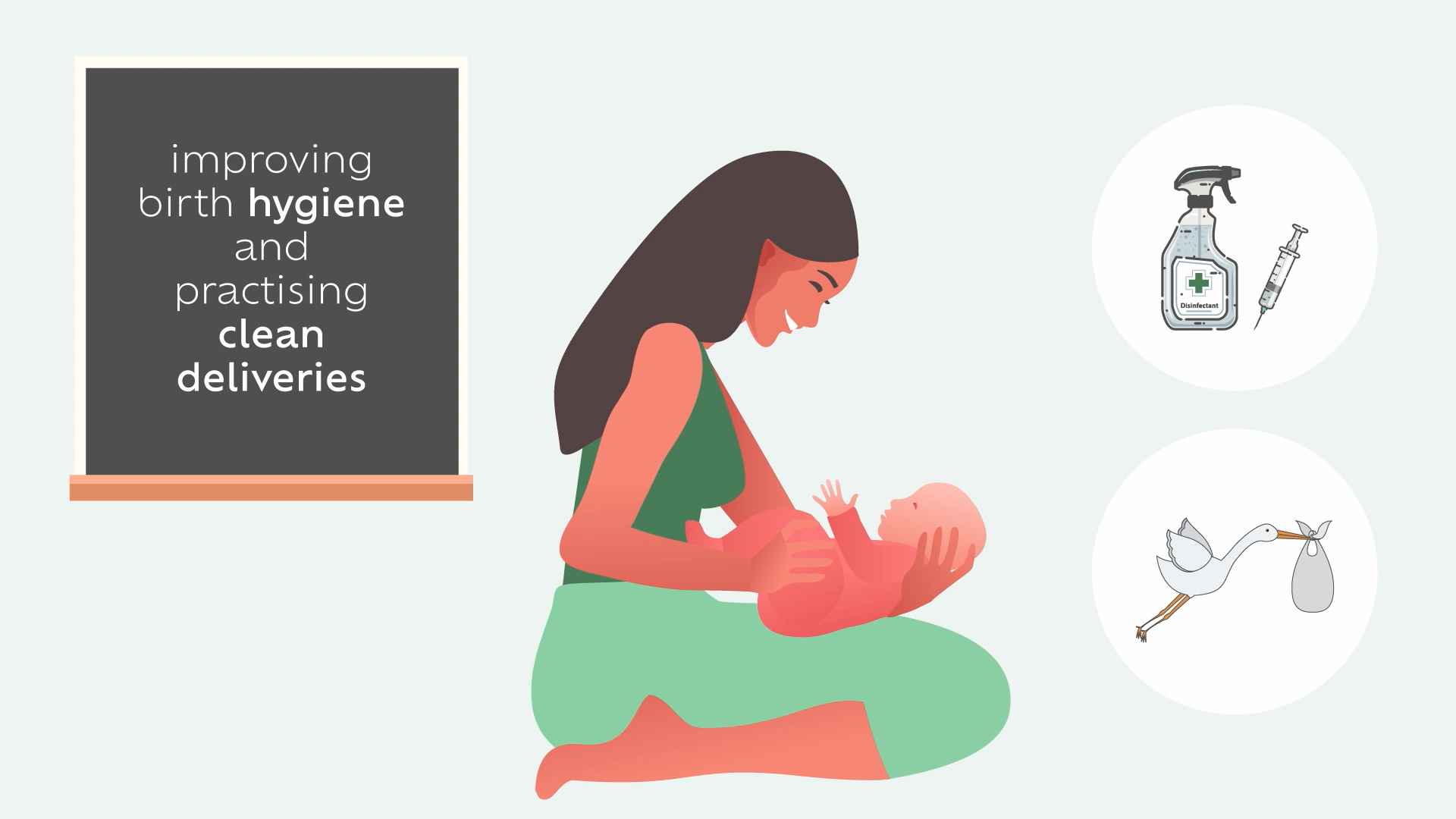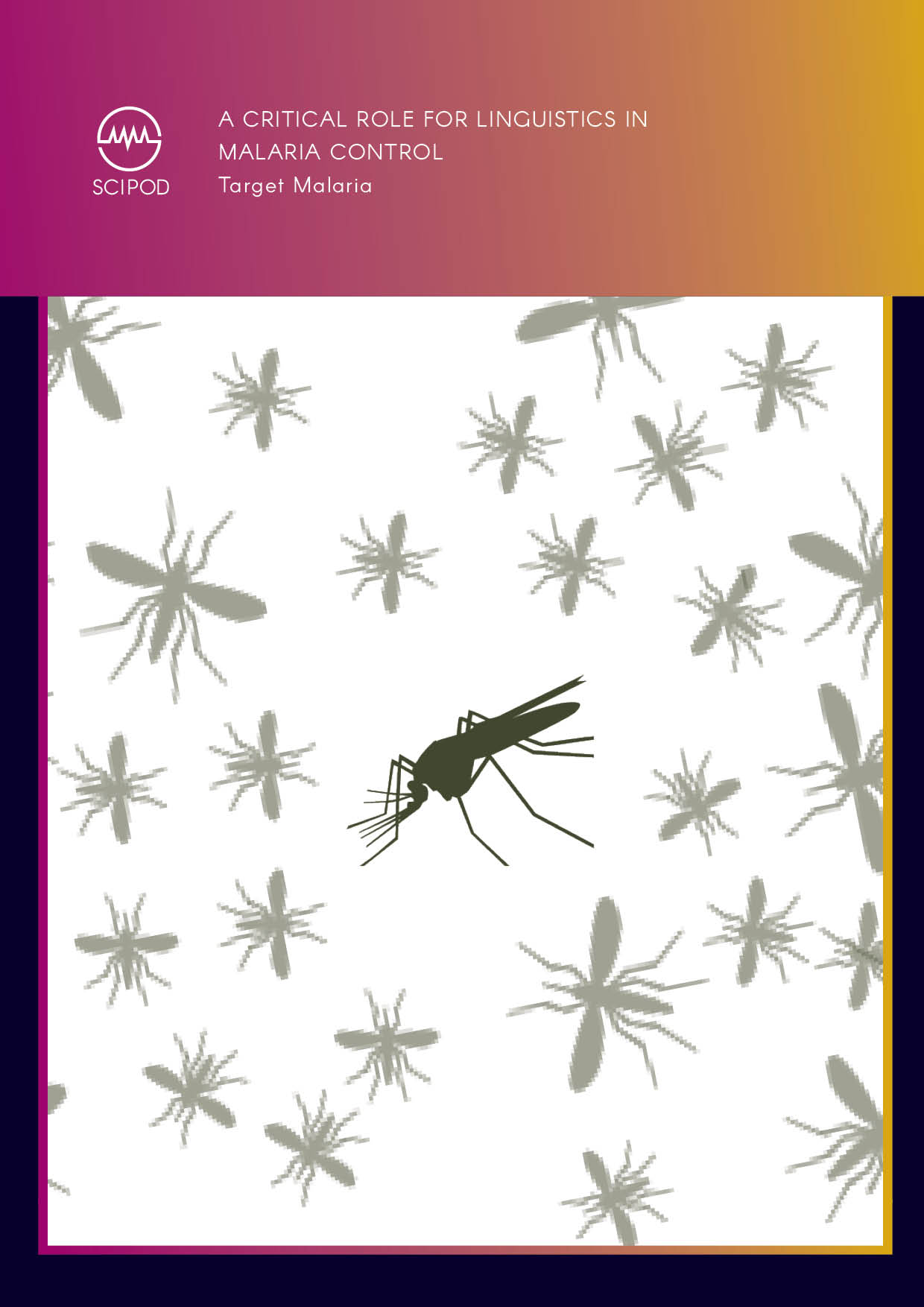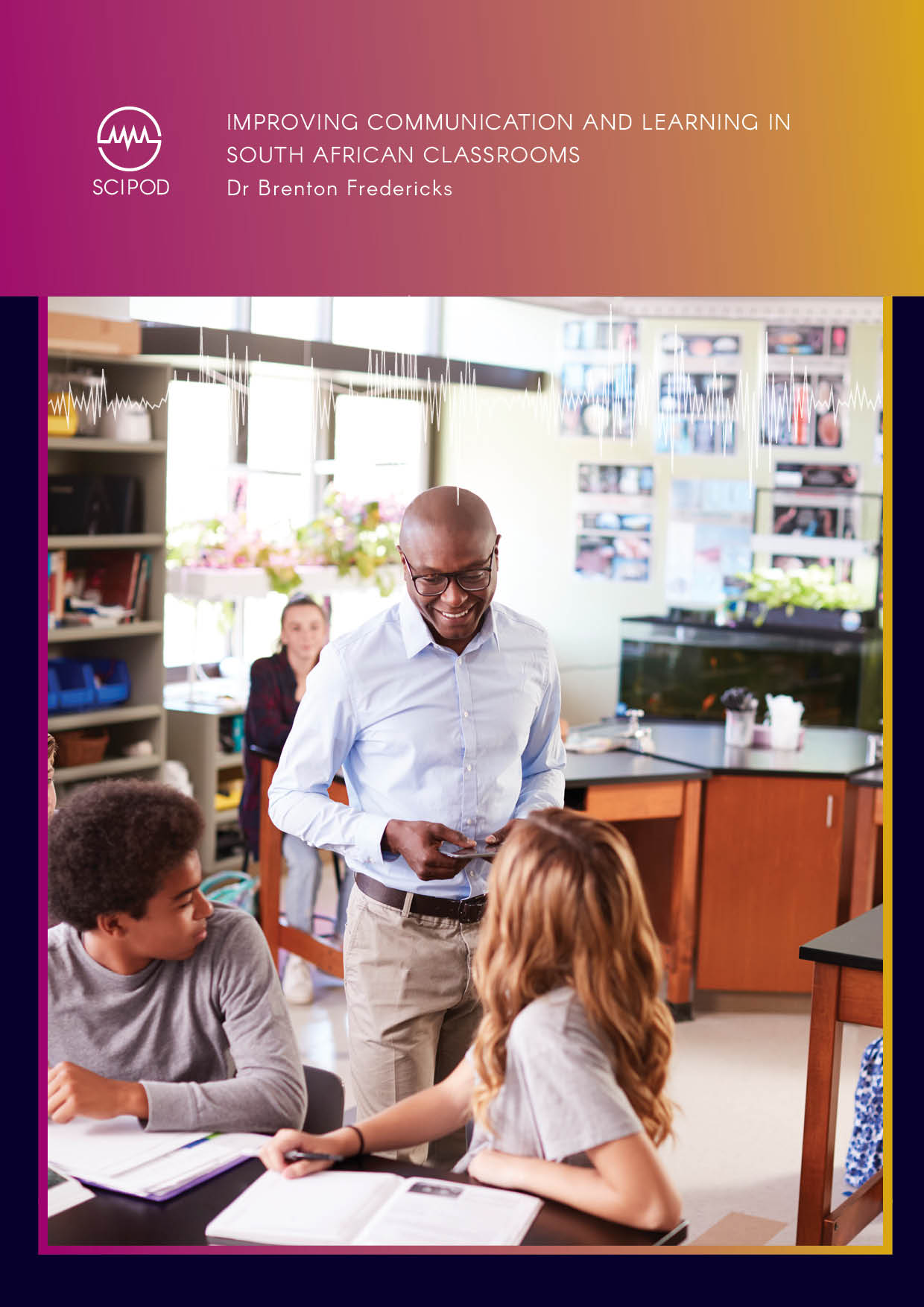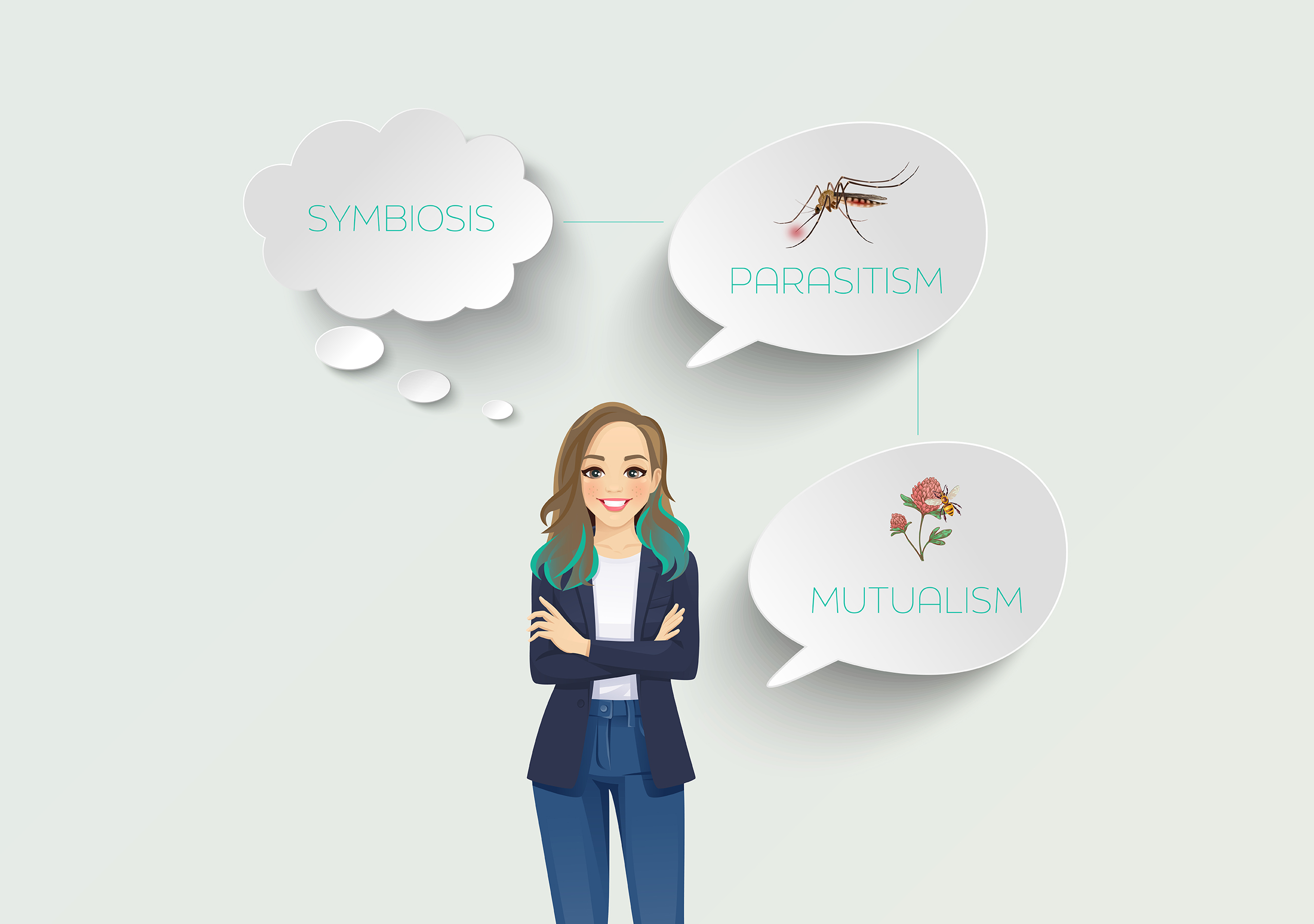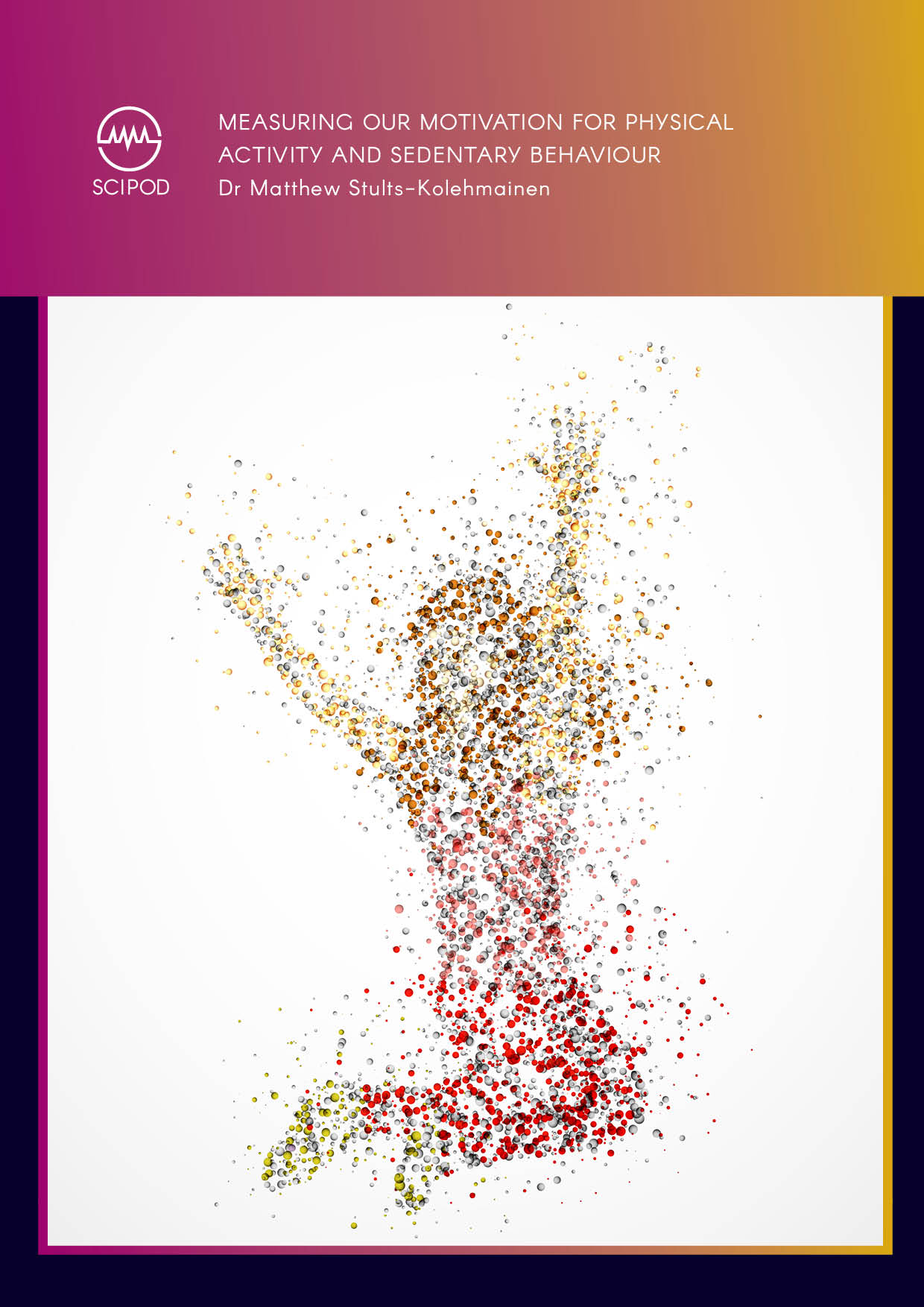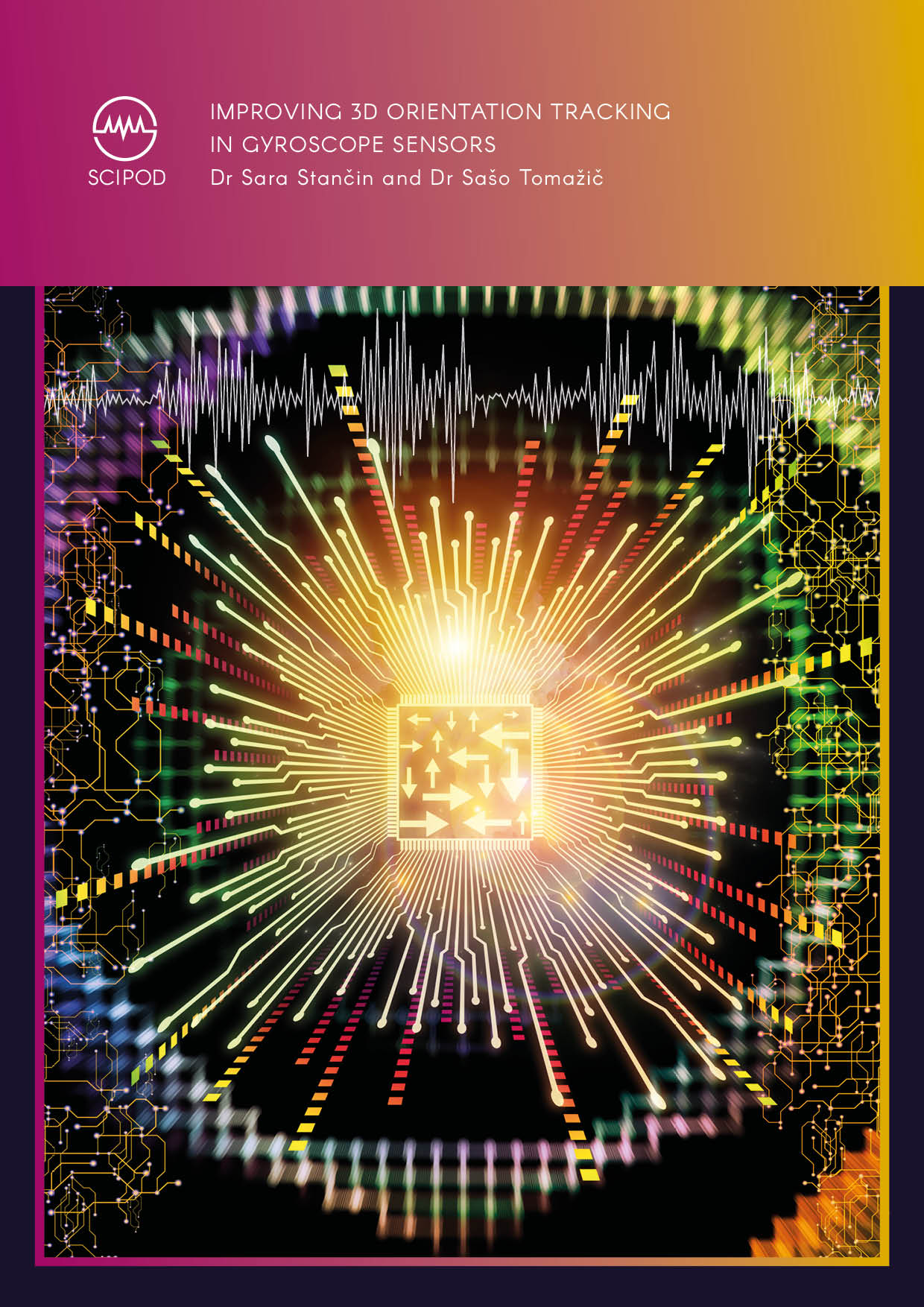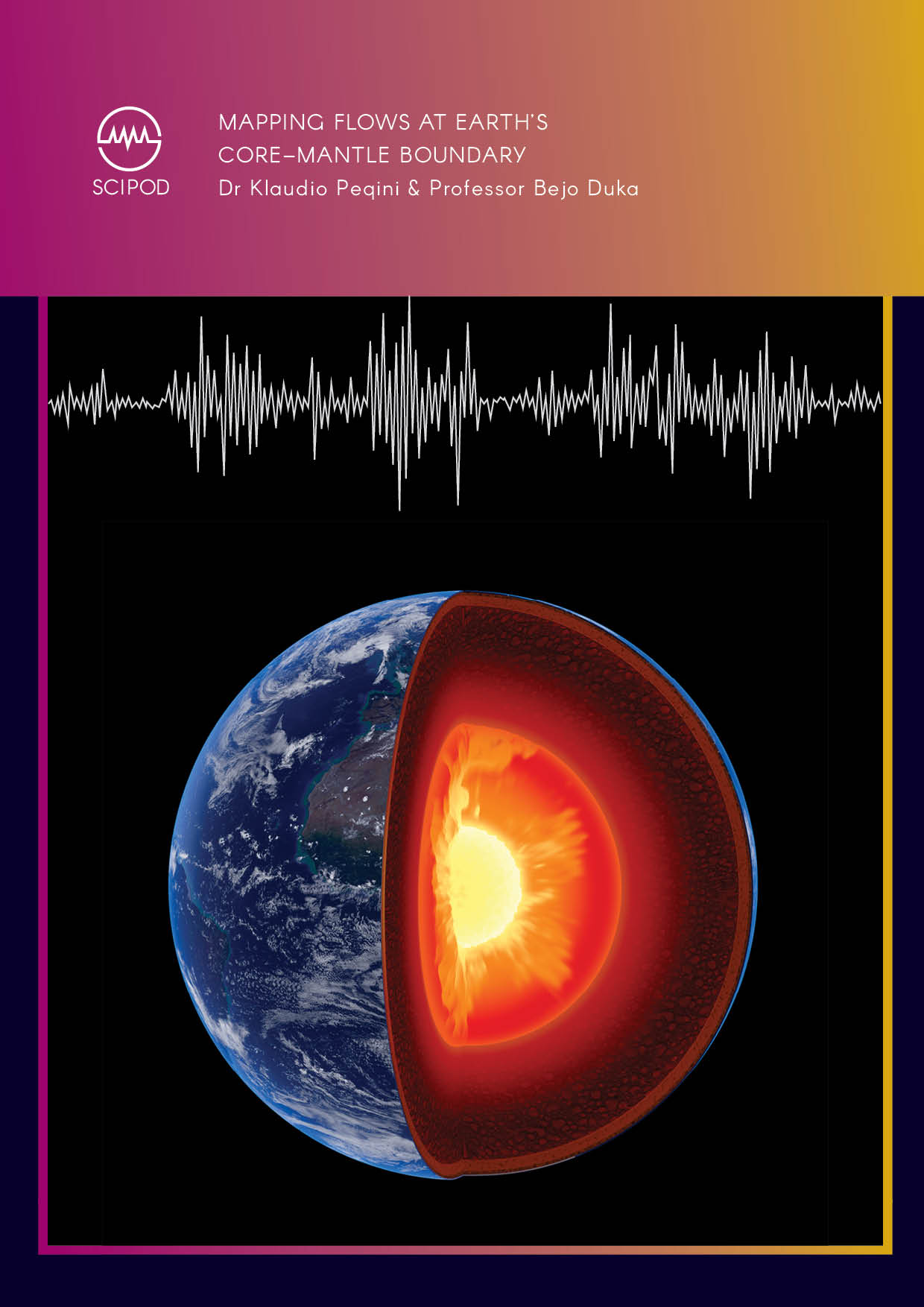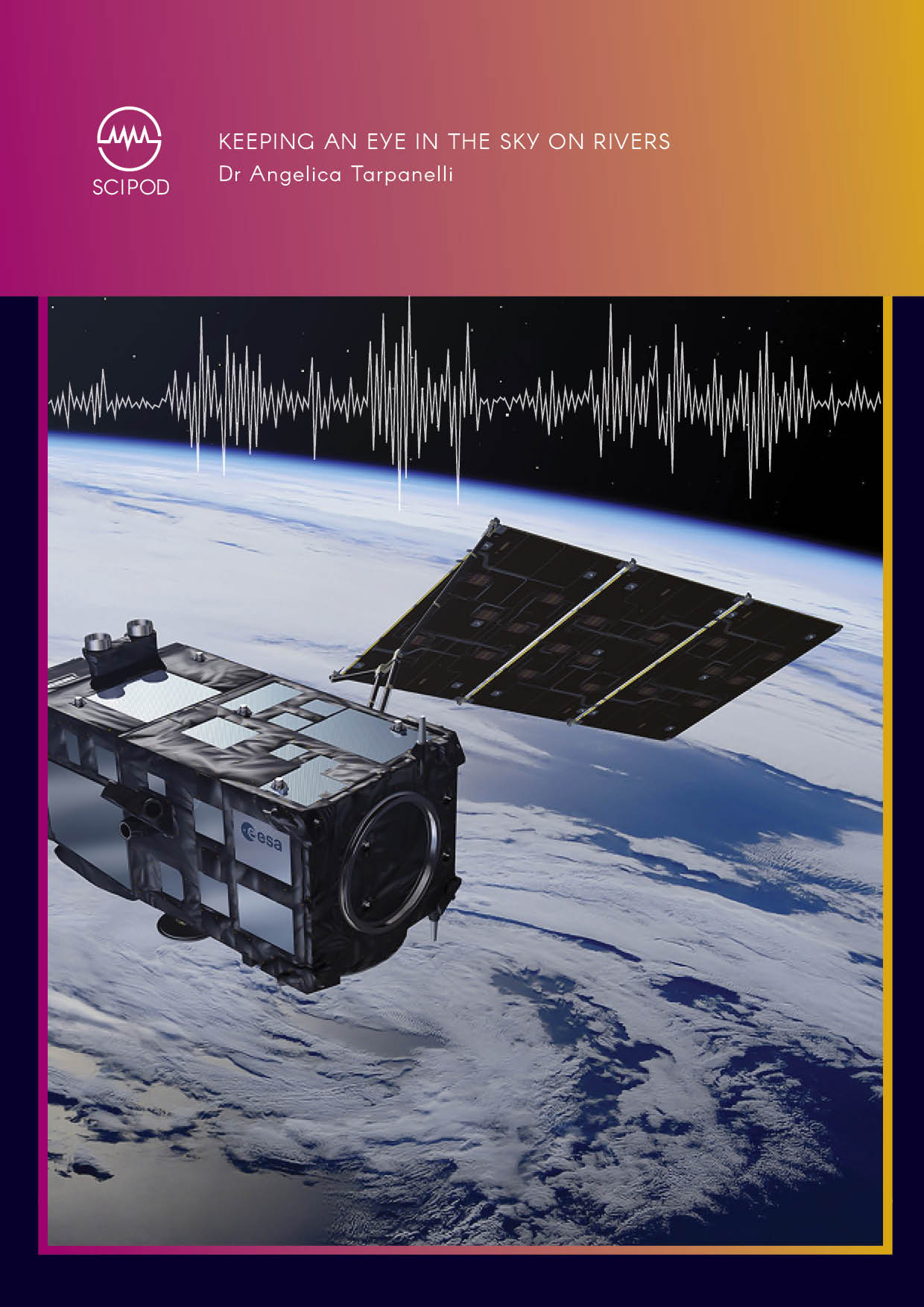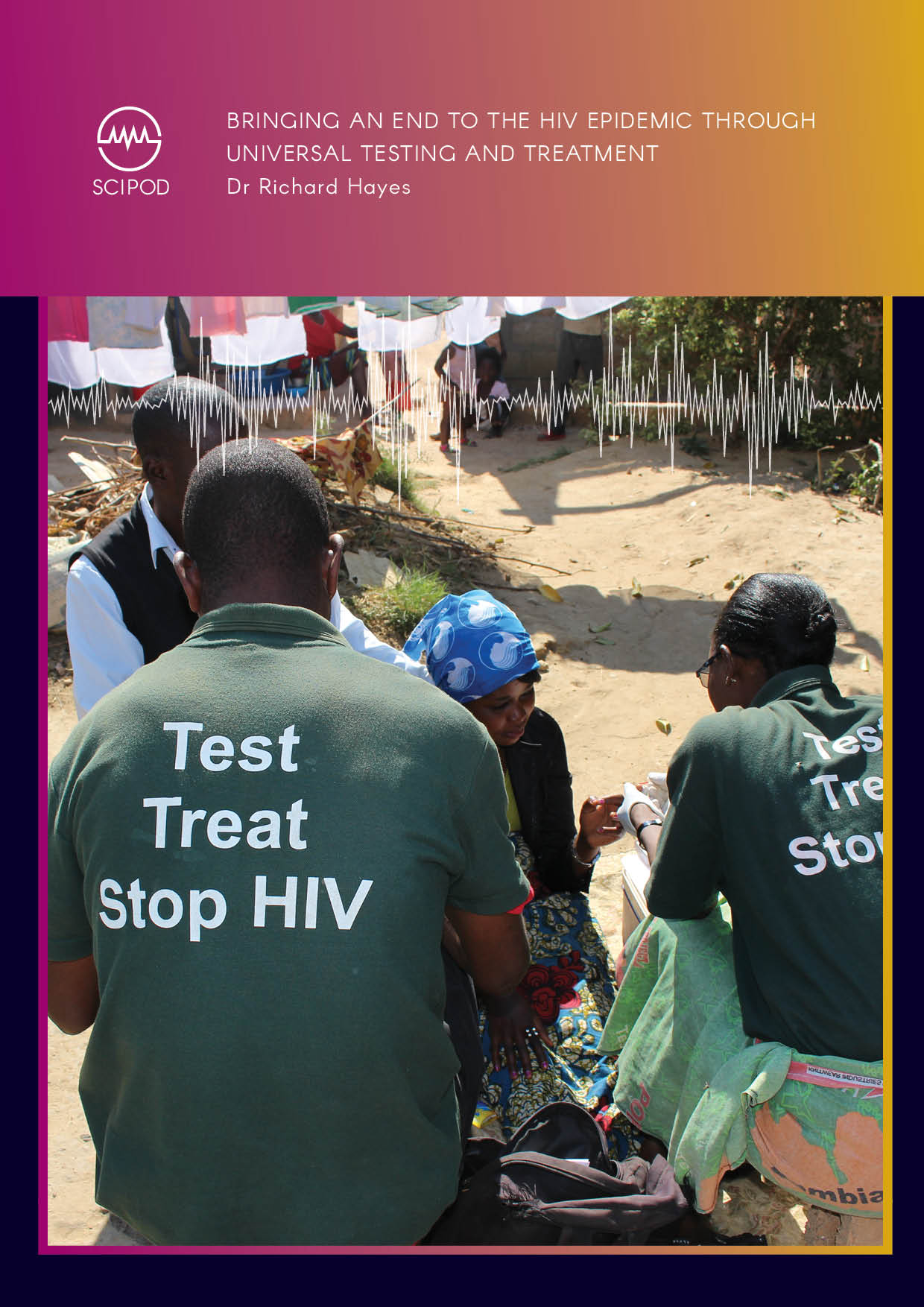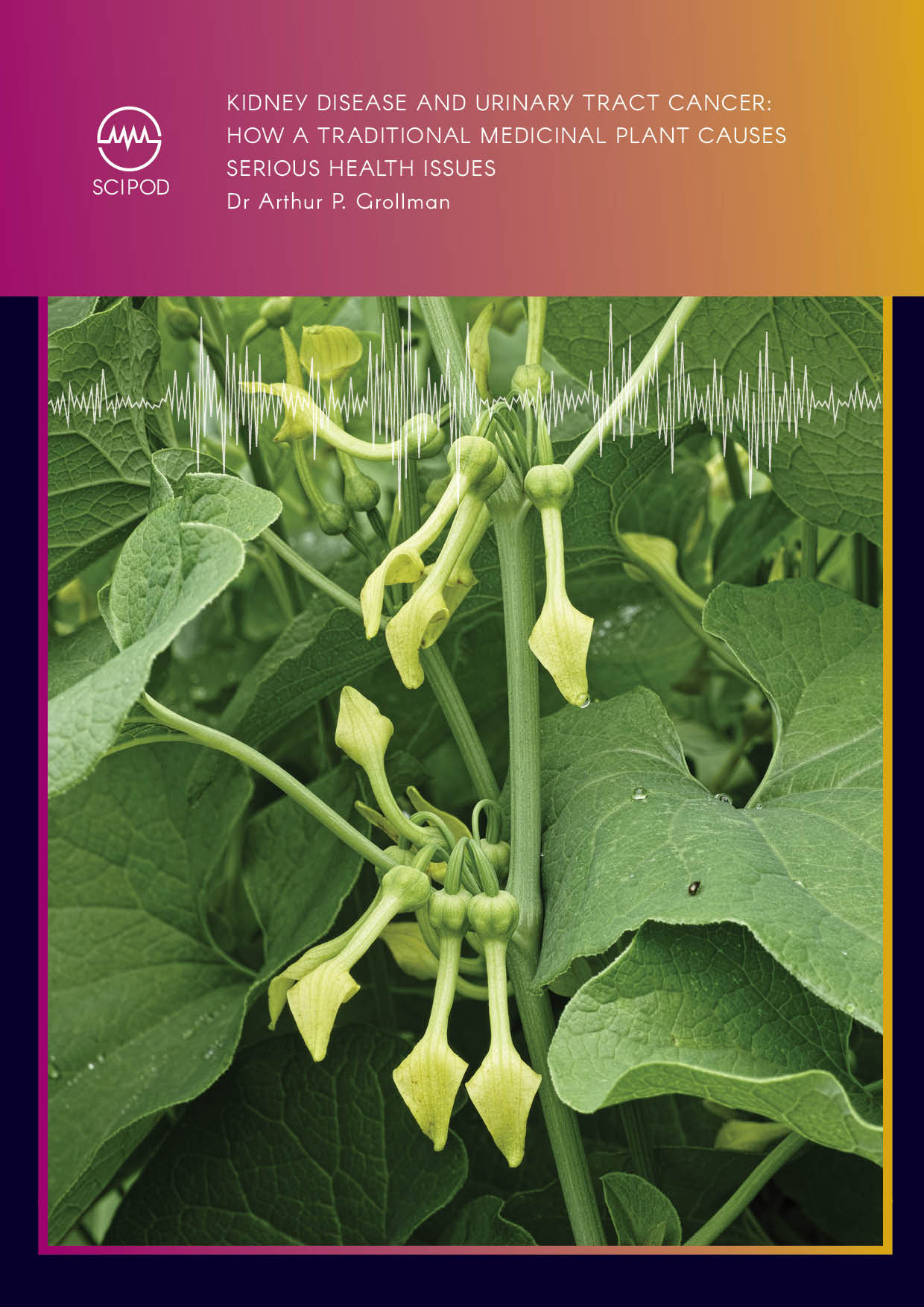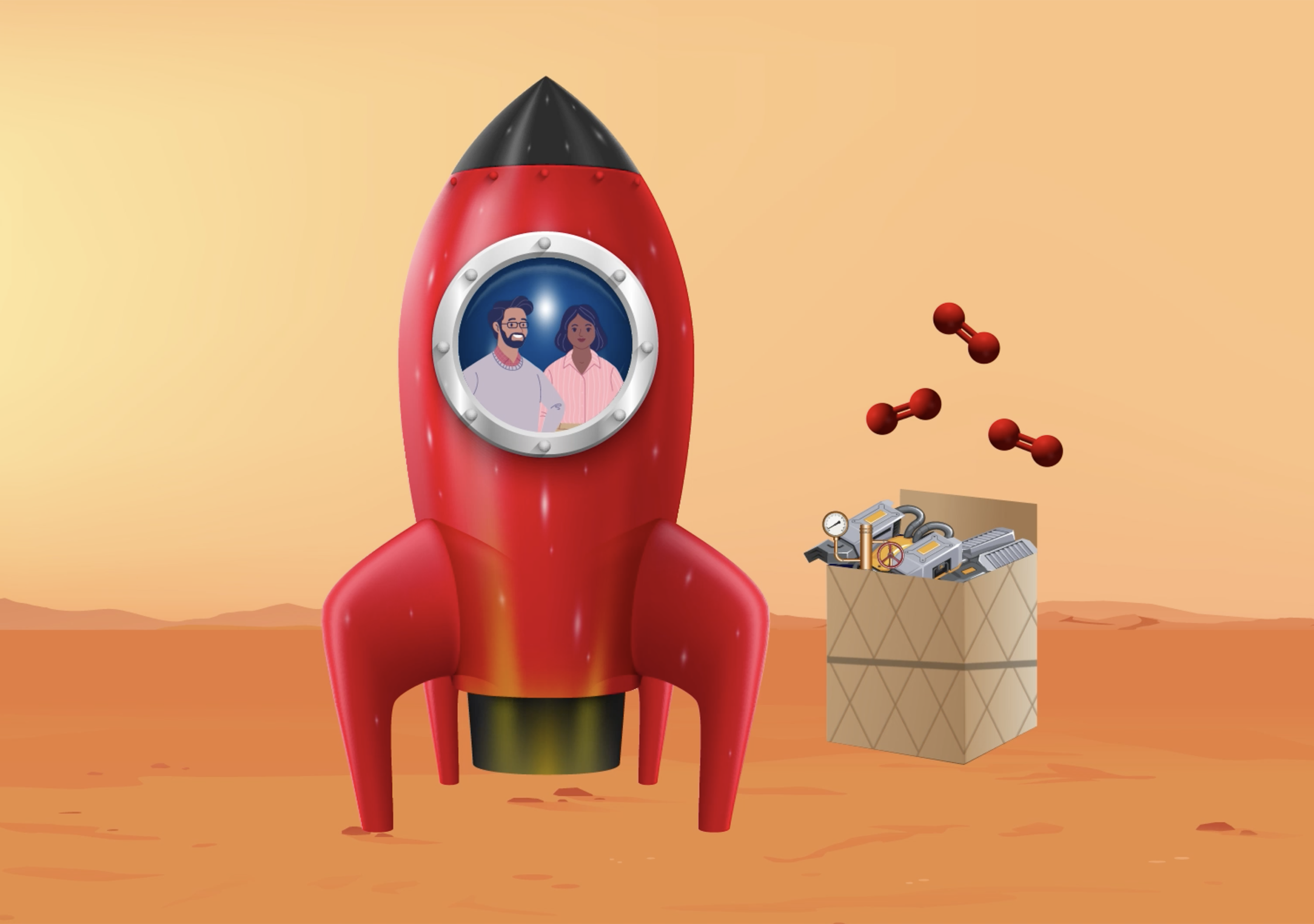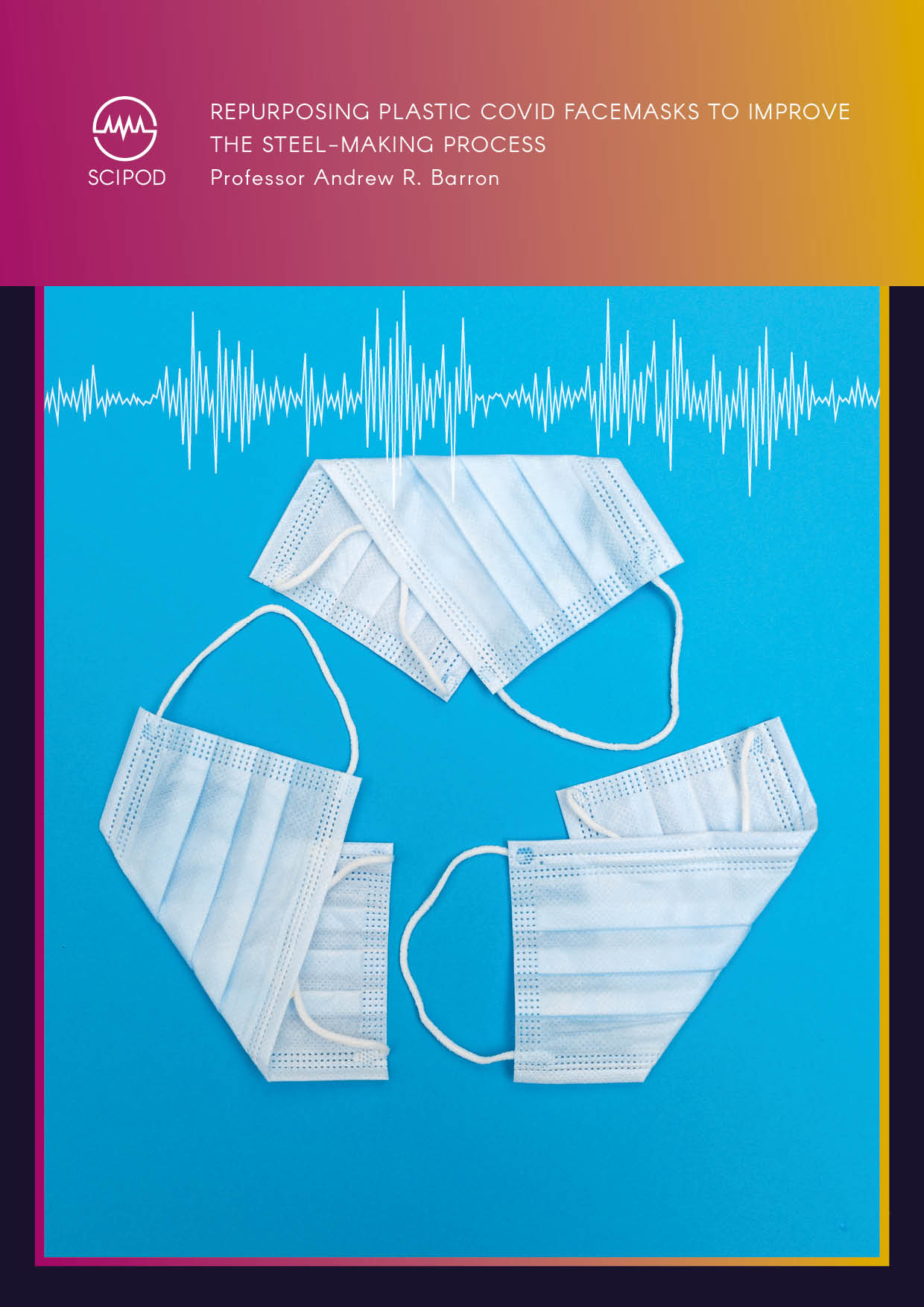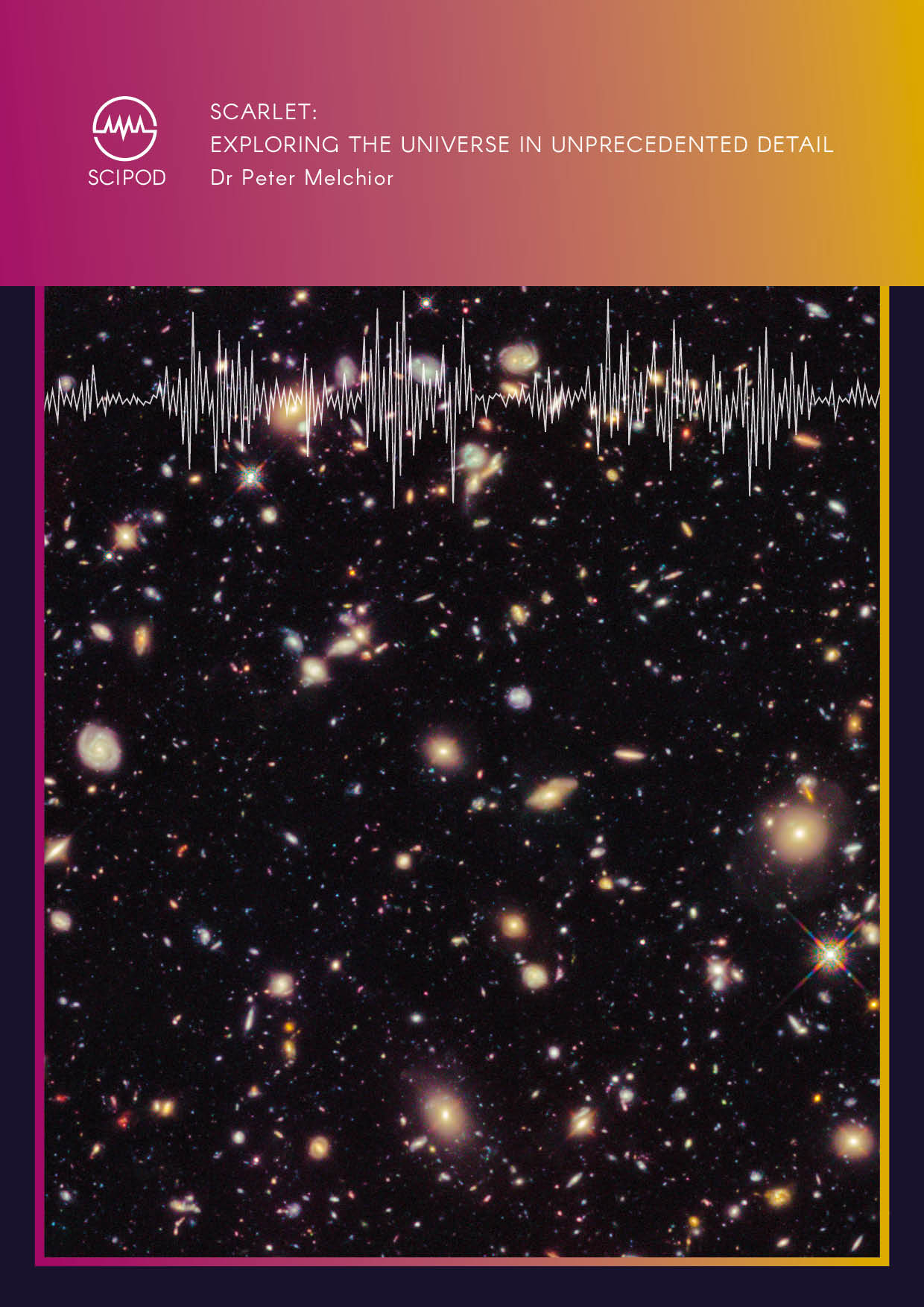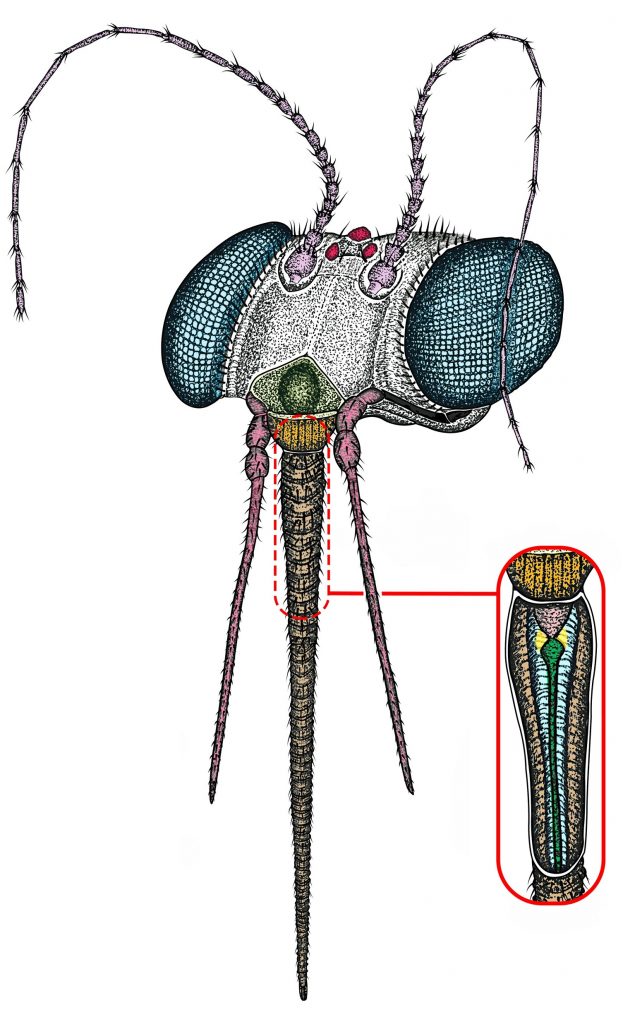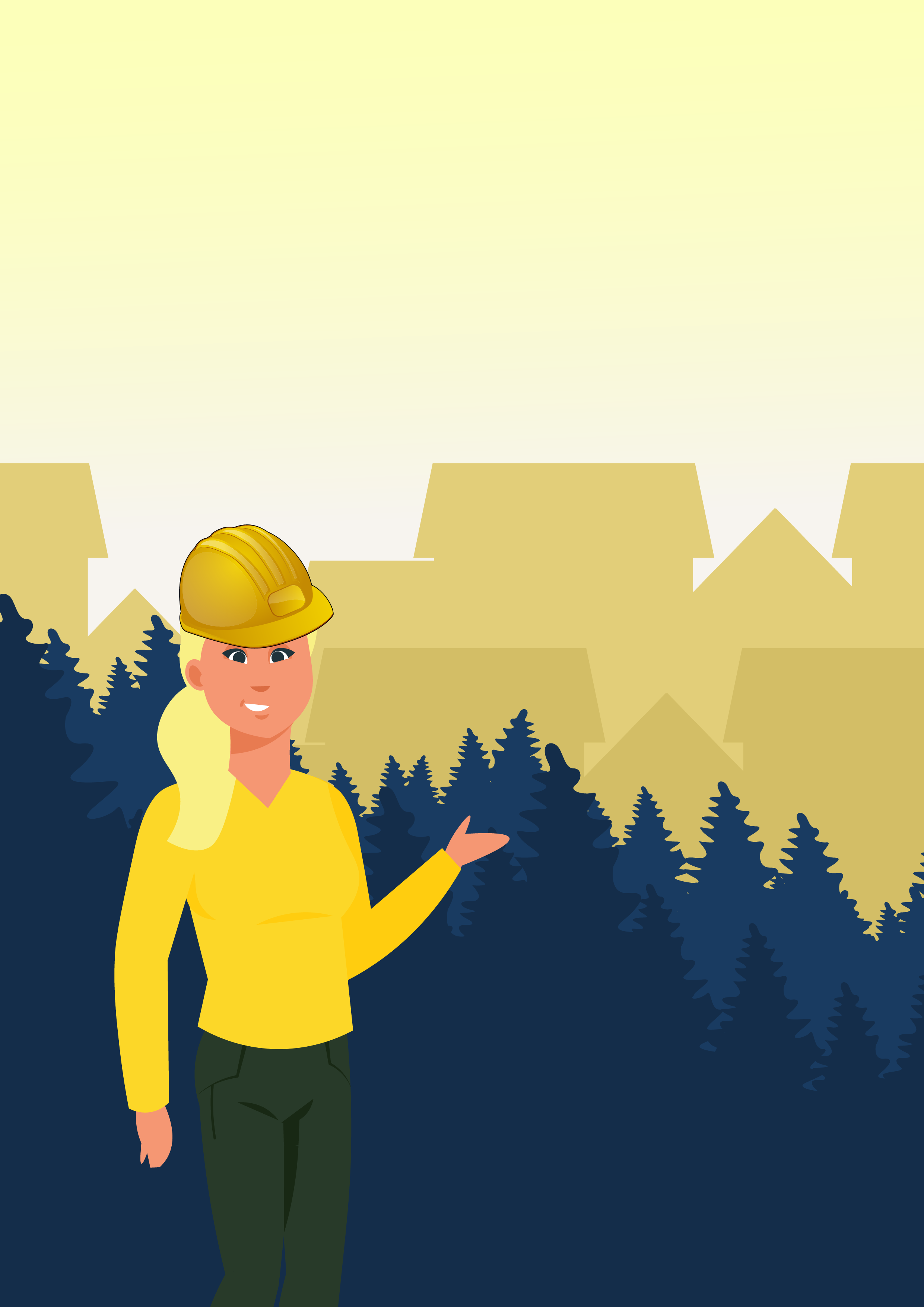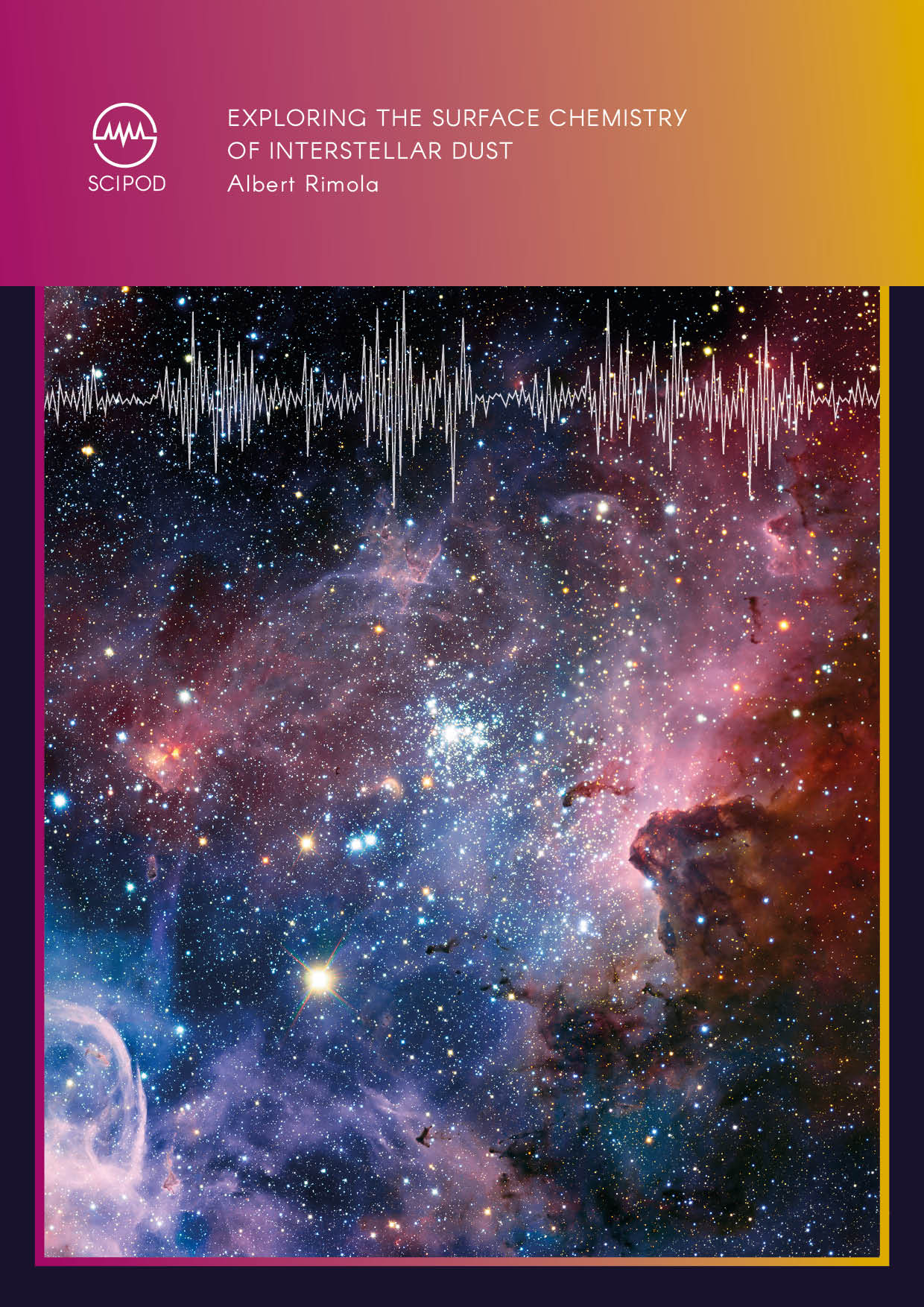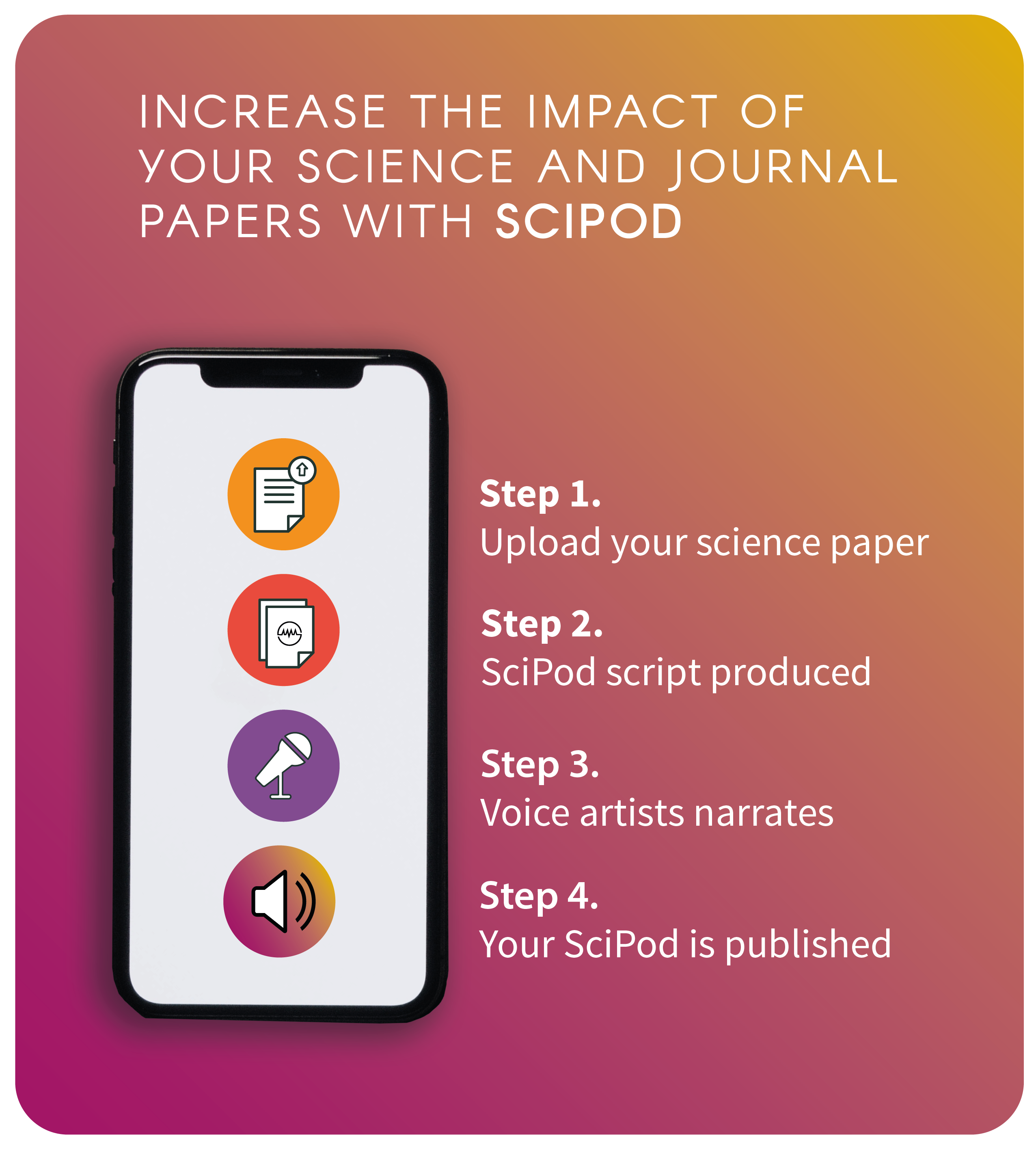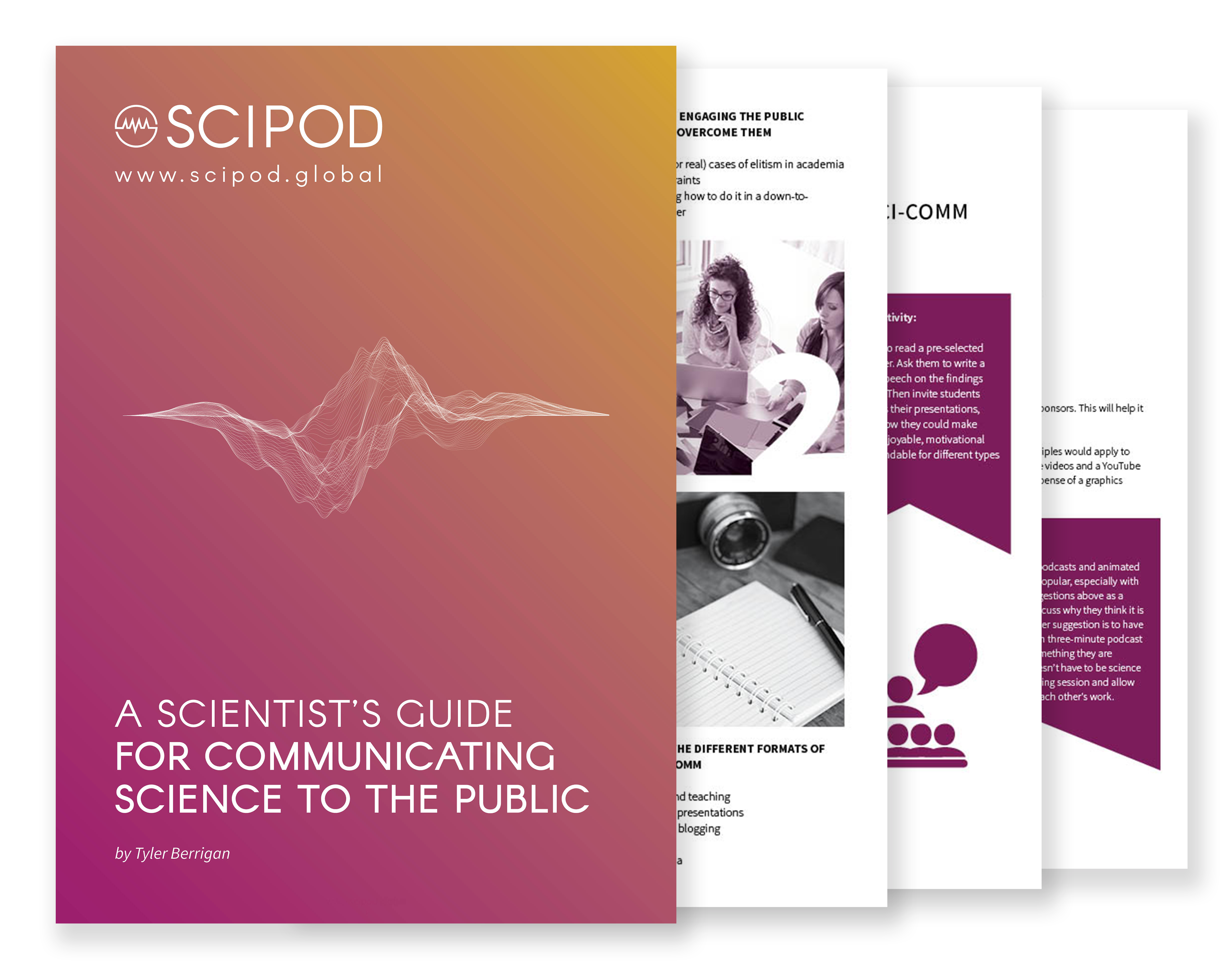Welcome to SciComm Radio
An exclusive interview series with leading scientists and science communicators

Click Below To Listen To A SciPod Radio Episode
Professor Henning Schmidt | DESIREE: Recreating Interactions Between Ions
AudioPod
About this episode
Interactions between positive and negative ions are important processes in nature. However, there is a lack of experimental facilities designed to study them in detail. This picture could now be changing thanks to DESIREE: a facility where different ion beams can be stored and cooled for extensive periods within separate rings, before colliding with each other. Run by an extensive team of physicists at Stockholm University, the instrument is shedding new light on how ions interact in a wide range of environments – from dynamic stellar atmospheres, to interstellar space.
Original Article Reference
This SciPod is a summary of https://doi.org/10.33548/SCIENTIA827
This work is licensed under a Creative Commons Attribution 4.0 International License. 
What does this mean?
Share: You can copy and redistribute the material in any medium or format
Adapt: You can change, and build upon the material for any purpose, even commercially.
Credit: You must give appropriate credit, provide a link to the license, and indicate if changes were made.
Increase the impact of your research!
More episodes
Dr Jens Allwood | Exploring the Dark, Dystopic Side of Digitalisation
AudioPod
About this episode
Over recent decades, the use of digital technologies has increased exponentially worldwide, bringing significant changes to daily life. Like most societal transformations, this process of ‘digitalisation’ has had both positive and negative aspects. Dr Jens Allwood, Professor Emeritus at the University of Gothenburg, has recently published a paper exploring some of the darker elements of digitalisation, particularly focusing on its tendency to dehumanise our daily activities.
Original Article Reference
This SciPod is a summary of the paper ‘Is digitalization dehumanization? Dystopic Traits of Digitalization’, MPDI Proceedings, 2017. https://doi.org/10.3390/IS4SI-2017-04120
This work is licensed under a Creative Commons Attribution 4.0 International License. 
What does this mean?
Share: You can copy and redistribute the material in any medium or format
Adapt: You can change, and build upon the material for any purpose, even commercially.
Credit: You must give appropriate credit, provide a link to the license, and indicate if changes were made.
Increase the impact of your research!
More episodes
Dr Tamas Feher | Understanding Myopia-26: A Rare Visual Disorder
VideoPod
About this episode
Myopia – better known as short-sightedness – is a global health problem in which the eye grows too long, meaning it cannot produce clear images of objects in the distance. The common form of myopia is readily treated through the wearing of glasses, contact lenses or conducting laser surgery. It is also polygenic, meaning that many genes are likely to be involved in its inheritance through generations.
Original Article Reference
Myopia-26, the female-limited form of early-onset high myopia, occurring in a European family” published in the Orphanet Journal of Rare Diseases. DOI: https://doi.org/10.1186/s13023-021-01673-z

What does this mean?
Share: You can copy and redistribute the material in any medium or format
Adapt: You can change, and build upon the material for any purpose, even commercially.
Credit: You must give appropriate credit, provide a link to the license, and indicate if changes were made.
Increase the impact of your research!
More episodes
Strategies to Ensure the Worldwide Elimination of Tetanus in Mothers and Neonates | Dr Syed Ahsan Raza
VideoPod
About this episode
Tetanus is a serious, potentially fatal disease of the nervous system caused by Clostridium tetani bacteria entering the body. It is characterised by severe stiffness, muscle spasms and breathing difficulties. In some developing countries, tetanus unfortunately still occurs and presents a significant healthcare challenge, particularly in relation to maternal and neonatal (newborn) deaths.
Original Article Reference
This SciPod is a summary of the paper ‘Eliminating Maternal and Neonatal Tetanus and Promoting Clean Delivery Practices Through Disposable Clean Birth Kits’ from the open access journal, Frontiers in Public Health. DOI: https://doi.org/10.3389/fpubh.2019.00339

What does this mean?
Share: You can copy and redistribute the material in any medium or format
Adapt: You can change, and build upon the material for any purpose, even commercially.
Credit: You must give appropriate credit, provide a link to the license, and indicate if changes were made.
Increase the impact of your research!
More episodes
A Critical Role for Linguistics in Malaria Control
AudioPod
About this episode
The introduction of new research or technologies for public health into a community is often challenging since complex scientific concepts coupled with jargon can cause disengagement and mistrust, whilst language barriers and cultural differences can complicate things further. Target Malaria is a not-for-profit research consortium that aims to develop and share new, cost-effective and sustainable genetic technologies to modify mosquitoes and reduce malaria transmission. Stakeholder engagement is one of Target Malaria’s three pillars. Researchers at Target Malaria co-developed with local communities a common glossary to improve engagement on new genetic approaches for malaria control in Burkina Faso, Mali and Uganda.
Original Article Reference
This SciPod is a summary of the paper ‘Co-developing a common glossary with stakeholders for engagement on new genetic approaches for malaria control in a local African setting’, from the Malaria Journal. https://doi.org/10.1186/s12936-020-03577-y
This work is licensed under a Creative Commons Attribution 4.0 International License. 
What does this mean?
Share: You can copy and redistribute the material in any medium or format
Adapt: You can change, and build upon the material for any purpose, even commercially.
Credit: You must give appropriate credit, provide a link to the license, and indicate if changes were made.
Increase the impact of your research!
More episodes
Dr Brenton Fredericks – Improving Communication and Learning in South African Classrooms
AudioPod
About this episode
The broad dissemination of information online has made students more inclined to question what they are being taught in the classroom. Many educators are thus trying to adapt their teaching strategies to ensure that new generations successfully acquire new skills and learn new knowledge. Dr Brenton Fredericks, Head of the Communication Sciences Department at Central University of Technology in South Africa, recently developed a framework that could improve communication between educators and students in the classroom, promoting more constructive and effective learning.
Original Article Reference
This SciPod is a summary of the paper ‘A framework for improved classroom communication in the South African schooling context’, Helion, 2021. https://doi.org/10.1016/j.heliyon.2021.e06382
This work is licensed under a Creative Commons Attribution 4.0 International License. 
What does this mean?
Share: You can copy and redistribute the material in any medium or format
Adapt: You can change, and build upon the material for any purpose, even commercially.
Credit: You must give appropriate credit, provide a link to the license, and indicate if changes were made.
Increase the impact of your research!
More episodes
Dr Laura Tipton | Symbiotic Science through a Shared Language
VideoPod
About this episode
Many scientific concepts are applicable to multiple disciplines and across spatial scales, from the microscopic to the global. As such, scientists from different disciplines must communicate effectively – through a shared scientific language – for effective collaboration and scientific advancement. With this aim, Dr Laura Tipton of Chaminade University and her colleagues from the University of Hawai’i investigate the history of ecological terminology, in order to work towards building a common lexicon that bridges ecology and microbiome science.
Original Article Reference
Summary of the paper ‘A Developing Symbiosis: Enabling Cross-Talk Between Ecologists and Microbiome Scientists’, in Frontiers in Microbiology. doi.org/10.3389/fmicb.2019.00292

What does this mean?
Share: You can copy and redistribute the material in any medium or format
Adapt: You can change, and build upon the material for any purpose, even commercially.
Credit: You must give appropriate credit, provide a link to the license, and indicate if changes were made.
Increase the impact of your research!
More episodes
Enhancing the IMPACT of your ARTICLES through COMMUNICATION and SEO
Dr Matthew Stults-Kolehmainen | Measuring our Motivation for Physical Activity and Sedentary Behaviour
AudioPod
About this episode
Our daily lives involve periods fluctuating between physical activity and sedentary behaviour, but few studies have researched what motivates us to take on these states from one moment to another. Dr Matthew Stults-Kolehmainen at Yale-New Haven Hospital and Columbia University in the USA, has analysed research from a range of scientific fields to assess the role of urges, cravings, wants and desires on our motivation for physical activity, exercise and sedentarism. He has developed a model to explain how these factors interact, as well as a tool to measure the subjective feeling of these states.
Original Article Reference
This SciPod is a summary of the papers ‘Measurement of Motivation States for Physical Activity and Sedentary Behavior: Development and Validation of the CRAVE Scale’, DOI: https://doi.org/10.3389/fpsyg.2021.568286, and ‘Motivation States for Physical Activity and Sedentary Behavior: Desire, Urge, Wanting, and Craving’, DOI: https://doi.org/10.3389/fpsyg.2020.568390, both published in Frontiers in Psychology.
This work is licensed under a Creative Commons Attribution 4.0 International License. 
What does this mean?
Share: You can copy and redistribute the material in any medium or format
Adapt: You can change, and build upon the material for any purpose, even commercially.
Credit: You must give appropriate credit, provide a link to the license, and indicate if changes were made.
Increase the impact of your research!
More episodes
Dr Sara Stančin | Dr Sašo Tomažič – Improving 3D Orientation Tracking in Gyroscope Sensors
AudioPod
About this episode
Gyroscopes are widely used to measure the orientations and rotation speeds of moving objects – but according to one pair of researchers, the techniques we currently use to measure them are introducing significant and easily avoidable errors. Through their research, Dr Sara Stančin | Dr Sašo Tomažič, both at the University of Ljubljana in Slovenia, introduce a mathematical framework which accounts for how all three rotations measured by a gyroscope happen simultaneously, rather than in a sequence.
Original Article Reference
This SciPod is a summary of the paper ‘Angle Estimation of Simultaneous Orthogonal Rotations from 3D Gyroscope Measurements’, from Sensors. https://doi.org/10.3390/s110908536
This work is licensed under a Creative Commons Attribution 4.0 International License. 
What does this mean?
Share: You can copy and redistribute the material in any medium or format
Adapt: You can change, and build upon the material for any purpose, even commercially.
Credit: You must give appropriate credit, provide a link to the license, and indicate if changes were made.
Increase the impact of your research!
More episodes
Dr Klaudio Peqini | Professor Bejo Duka – Mapping Flows at Earth’s Core–Mantle Boundary
AudioPod
About this episode
Original Article Reference
This SciPod is a summary of the paper ‘Small-scale velocity field at the Core-Mantle Boundary constructed from the gufm1 global model’, from AIP Conference Proceedings. https://doi.org/10.1063/1.5135405
This work is licensed under a Creative Commons Attribution 4.0 International License. 
What does this mean?
Share: You can copy and redistribute the material in any medium or format
Adapt: You can change, and build upon the material for any purpose, even commercially.
Credit: You must give appropriate credit, provide a link to the license, and indicate if changes were made.
Increase the impact of your research!
More episodes
Dr Angelica Tarpanelli | Keeping an Eye in the Sky on Rivers
AudioPod
About this episode
Original Article Reference
This SciPod is a summary of the paper ‘Potentials and limitations of Sentinel-3 for river discharge assessment’, in Advances in Space Research. doi.org/10.1016/j.asr.2019.08.005
This work is licensed under a Creative Commons Attribution 4.0 International License. 
What does this mean?
Share: You can copy and redistribute the material in any medium or format
Adapt: You can change, and build upon the material for any purpose, even commercially.
Credit: You must give appropriate credit, provide a link to the license, and indicate if changes were made.
Increase the impact of your research!
More episodes
Publishers, Researchers & Universities: How Audio Can Shape Your Role in Social Media
SciPod Academy Science Communication

What does this mean?
Share: You can copy and redistribute the material in any medium or format
Adapt: You can change, and build upon the material for any purpose, even commercially.
Credit: You must give appropriate credit, provide a link to the license, and indicate if changes were made.
Increase the impact of your research!
More episodes
Stay Up To Date With SciPod
Subscribe to receive our latest SciPods straight to your mailbox
Dr Richard Hayes | Bringing an End to the HIV Epidemic Through Universal Testing and Treatment
AudioPod
About this episode
Worldwide, an estimated 38 million people are living with HIV. Many are still unaware of their status and so are not linked to care and treatment which can prevent them from passing HIV onto their partners and infants and keep them healthy. Dr Richard Hayes from the London School of Hygiene and Tropical Medicine in the UK has led the HIV Prevention Trials Network’s 071 (PopART) trial over the past ten years. This dedicated international collaboration of experts has successfully demonstrated how universal testing and treatment can reduce new HIV infections in Zambia, South Africa and beyond.
Original Article Reference
This SciPod is a summary of https://doi.org/10.33548/SCIENTIA813
This work is licensed under a Creative Commons Attribution 4.0 International License. 
What does this mean?
Share: You can copy and redistribute the material in any medium or format
Adapt: You can change, and build upon the material for any purpose, even commercially.
Credit: You must give appropriate credit, provide a link to the license, and indicate if changes were made.
Increase the impact of your research!
More episodes
Impact beyond publication
SciPod Academy Science Communication
Provided by

Please check with the original publisher for copy and sharing permission.
Increase the impact of your research!
More episodes
Stay Up To Date With SciPod
Subscribe to receive our latest SciPods straight to your mailbox
Professor Arthur Grollman | Kidney Disease and Urinary Tract Cancer: How a Traditional Medicinal Plant Causes Serious Health Issues
AudioPod
About this episode
This is a recounting of a scientific investigation into a mysterious but potentially deadly disease that first came to light principally in the Balkan states, and then several Asian countries. It manifests itself first as a nephropathy resulting in the destruction of kidney tissue often followed by a cancer of the upper urothelial tract. Professors Arthur Grollman and Francis Johnson at Stony Brook University have achieved a revolutionary understanding of the molecular biology, epidemiology and root cause of both diseases. Their findings have critical implications for medical and scientific communities, as well as the general public.
Original Article Reference
This SciPod is a summary of https://doi.org/10.33548/SCIENTIA811
This work is licensed under a Creative Commons Attribution 4.0 International License. 
What does this mean?
Share: You can copy and redistribute the material in any medium or format
Adapt: You can change, and build upon the material for any purpose, even commercially.
Credit: You must give appropriate credit, provide a link to the license, and indicate if changes were made.
Increase the impact of your research!
More episodes
Podcast Equipment and Technology
SciPod Academy Science Communication

What does this mean?
Share: You can copy and redistribute the material in any medium or format
Adapt: You can change, and build upon the material for any purpose, even commercially.
Credit: You must give appropriate credit, provide a link to the license, and indicate if changes were made.
Increase the impact of your research!
More episodes
Stay Up To Date With SciPod
Subscribe to receive our latest SciPods straight to your mailbox
Creating Your Podcast Audience
SciPod Academy Science Communication

What does this mean?
Share: You can copy and redistribute the material in any medium or format
Adapt: You can change, and build upon the material for any purpose, even commercially.
Credit: You must give appropriate credit, provide a link to the license, and indicate if changes were made.
Increase the impact of your research!
More episodes
Stay Up To Date With SciPod
Subscribe to receive our latest SciPods straight to your mailbox
Podcast Show Format
SciPod Academy Science Communication

What does this mean?
Share: You can copy and redistribute the material in any medium or format
Adapt: You can change, and build upon the material for any purpose, even commercially.
Credit: You must give appropriate credit, provide a link to the license, and indicate if changes were made.
Increase the impact of your research!
More episodes
Stay Up To Date With SciPod
Subscribe to receive our latest SciPods straight to your mailbox
How Often Should I Release A New Podcast Episode
SciPod Academy Science Communication

What does this mean?
Share: You can copy and redistribute the material in any medium or format
Adapt: You can change, and build upon the material for any purpose, even commercially.
Credit: You must give appropriate credit, provide a link to the license, and indicate if changes were made.
Increase the impact of your research!
More episodes
Stay Up To Date With SciPod
Subscribe to receive our latest SciPods straight to your mailbox
How Long Should a Podcast Episode be
SciPod Academy Science Communication

What does this mean?
Share: You can copy and redistribute the material in any medium or format
Adapt: You can change, and build upon the material for any purpose, even commercially.
Credit: You must give appropriate credit, provide a link to the license, and indicate if changes were made.
Increase the impact of your research!
More episodes
Stay Up To Date With SciPod
Subscribe to receive our latest SciPods straight to your mailbox
Naming Your Podcast and Episodes
SciPod Academy Science Communication

What does this mean?
Share: You can copy and redistribute the material in any medium or format
Adapt: You can change, and build upon the material for any purpose, even commercially.
Credit: You must give appropriate credit, provide a link to the license, and indicate if changes were made.
Increase the impact of your research!
More episodes
Stay Up To Date With SciPod
Subscribe to receive our latest SciPods straight to your mailbox
Planning your podcast
SciPod Academy Science Communication

What does this mean?
Share: You can copy and redistribute the material in any medium or format
Adapt: You can change, and build upon the material for any purpose, even commercially.
Credit: You must give appropriate credit, provide a link to the license, and indicate if changes were made.
Increase the impact of your research!
More episodes
Stay Up To Date With SciPod
Subscribe to receive our latest SciPods straight to your mailbox
Raymond Palmer | Improving Indoor Air Quality Lessens the Symptoms Associated with Chemical Intolerance
VideoPod
About this episode
Chemical intolerance is on the rise, currently afflicting around 20% of the American population. Common triggers include low-level exposure to indoor air contaminants such as combustion products from gas stoves and smoking, and indoor volatile organic compounds from products including disinfectants and air fresheners, as well as chemicals from paint and construction materials.
Original Article Reference
This video is a summary of ‘Does improving indoor air quality lessen symptoms associated with chemical intolerance?’ published in the journal Primary Health Care Research & Development. DOI: https://doi.org/10.1017/S1463423621000864

What does this mean?
Share: You can copy and redistribute the material in any medium or format
Adapt: You can change, and build upon the material for any purpose, even commercially.
Credit: You must give appropriate credit, provide a link to the license, and indicate if changes were made.
Increase the impact of your research!
More episodes
Eric Hinterman | Optimising Oxygen Production on Mars
VideoPod
About this episode
The first human mission to Mars may not be far away, but many preparations still need to be made to ensure the safety of crews once they arrive. One of the key requirements of these missions will be producing a steady supply of oxygen. This will allow crews to survive inside their habitats on the Martian surface, while also providing propellant for a Mars Ascent Vehicle, allowing them to return home.
Original Article Reference
This video is based on the paper ‘Multi-objective system optimization of a Mars atmospheric ISRU plant for oxygen production’ published in the 2021 IEEE Aerospace Conference (50100). doi.org/10.1109/AERO50100.2021.9438331

What does this mean?
Share: You can copy and redistribute the material in any medium or format
Adapt: You can change, and build upon the material for any purpose, even commercially.
Credit: You must give appropriate credit, provide a link to the license, and indicate if changes were made.
Increase the impact of your research!
More episodes
Professor Andrew R. Barron | Repurposing Plastic COVID Facemasks to Improve the Steel-Making Process
AudioPod
About this episode
Since the beginning of the COVID-19 pandemic, billions of plastic facemasks have been used and disposed of, with the majority destined for landfill. Professor Andrew R. Barron and his team at the Energy Safety Research Institute in Swansea, Wales, have developed an innovative method for repurposing these used facemasks. By transforming them into a powdered material that acts as a reducing agent, Professor Barron’s team aim to make the steel-making process more energy-efficient and sustainable.
Original Article Reference
This SciPod is a summary of the paper ‘Facemasks and ferrous metallurgy: improving gasification reactivity of low-volatile coals using waste COVID-19 facemasks for ironmaking application’, in Scientific Reports. doi.org/10.1038/s41598-022-06691-w
This work is licensed under a Creative Commons Attribution 4.0 International License. 
What does this mean?
Share: You can copy and redistribute the material in any medium or format
Adapt: You can change, and build upon the material for any purpose, even commercially.
Credit: You must give appropriate credit, provide a link to the license, and indicate if changes were made.
Increase the impact of your research!
More episodes
Dr Peter Melchior | SCARLET: Exploring the Universe in Unprecedented Detail
AudioPod
About this episode
Original Article Reference
This SciPod is a summary of the paper ‘SCARLET: Source separation in multi-band images by Constrained Matrix Factorization’, from Astronomy & Computing. doi.org/10.1016/j.ascom.2018.07.001
This work is licensed under a Creative Commons Attribution 4.0 International License. 
What does this mean?
Share: You can copy and redistribute the material in any medium or format
Adapt: You can change, and build upon the material for any purpose, even commercially.
Credit: You must give appropriate credit, provide a link to the license, and indicate if changes were made.
Increase the impact of your research!
More episodes
Dr Conrad Labandeira | Which Came First: Pollinating Insects or Flowers?
VideoPod
About this episode
Pollinating insects and plants have co-evolved throughout their history.
From about 125 million to 90 million years ago, cone-bearing plants were replaced by flowering plants as the dominant vegetation. This switch – the ‘Cretaceous Terrestrial Revolution’ – had profound effects on pollinating insects.
Dr Conrad Labandeira of the Smithsonian’s National Museum of Natural History wanted to answer a chicken-and-egg question: did insect pollination or flowers come first? To answer this question, his team examined insect fossils from before the Cretaceous Terrestrial Revolution.
Original Article Reference
This video is based on the paper ‘Life habits and evolutionary biology of new two-winged long-proboscid scorpionflies from mid-Cretaceous Myanmar amber, Nature Communications, 2019, 10, 1235.’ doi.org/10.1038/s41467-019-09236-4

What does this mean?
Share: You can copy and redistribute the material in any medium or format
Adapt: You can change, and build upon the material for any purpose, even commercially.
Credit: You must give appropriate credit, provide a link to the license, and indicate if changes were made.
Increase the impact of your research!
More episodes
Dr Susan Prichard | Adapting Forests to Wildfires in a Changing Climate
VideoPod
About this episode
Historically, controlled forest burning in western North America created a forest patchwork that limited the size and severity of wildfires. Over the last 200 years, however, fire suppression created large areas of dense tree stands. As droughts and temperatures increase due to climate change, these dense forests are now at increasing risk from extremely severe wildfires.
Original Article Reference
This video is based on the paper ‘Adapting western North American forests to climate change and wildfires: 10 common questions’ published in Ecological Applications. doi.org/10.1002/eap.2433

What does this mean?
Share: You can copy and redistribute the material in any medium or format
Adapt: You can change, and build upon the material for any purpose, even commercially.
Credit: You must give appropriate credit, provide a link to the license, and indicate if changes were made.
Increase the impact of your research!
More episodes
Dr Albert Rimola – Exploring the Surface Chemistry of Interstellar Dust
VideoPod
About this episode
Interstellar space may seem like the last place you would look when searching for the chemical origins of life. Yet on the surfaces of tiny dust grains within this vast expanse, complex chemical reactions are continually occurring, which likely played a key role in establishing the rich diversity of complex molecules we observe in the solar system today. In a new study, astrochemists in Spain and Italy, led by Albert Rimola at the Autonomous University of Barcelona, examine how advanced simulation techniques can be used to study these important processes on atomic scales.
Original Article Reference
This SciPod is a summary of the paper ‘Computational Surface Modelling of Ices and Minerals of Interstellar Interest—Insights and Perspectives’, from Minerals, MDPI. https://doi.org/10.3390/min11010026

What does this mean?
Share: You can copy and redistribute the material in any medium or format
Adapt: You can change, and build upon the material for any purpose, even commercially.
Credit: You must give appropriate credit, provide a link to the license, and indicate if changes were made.

